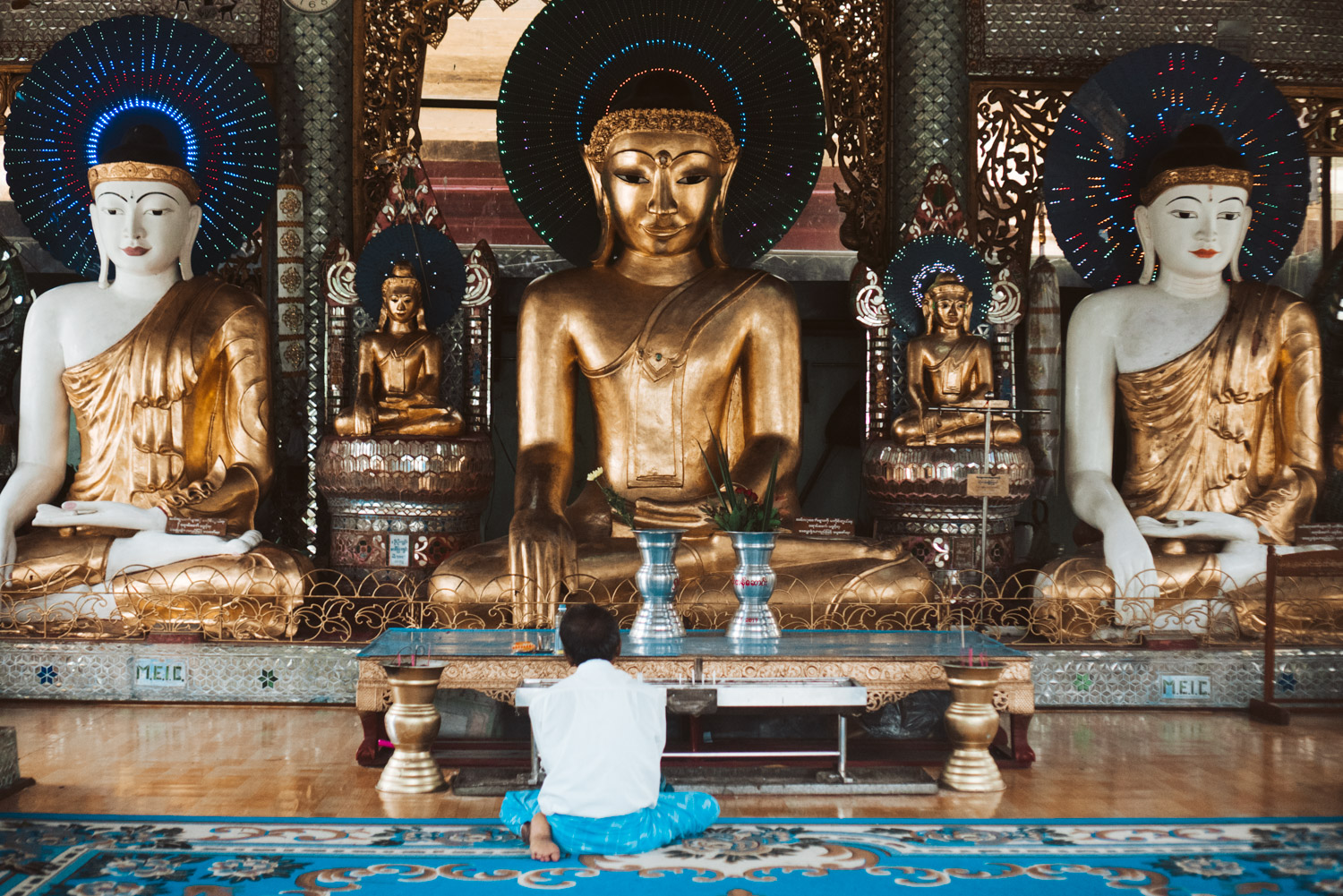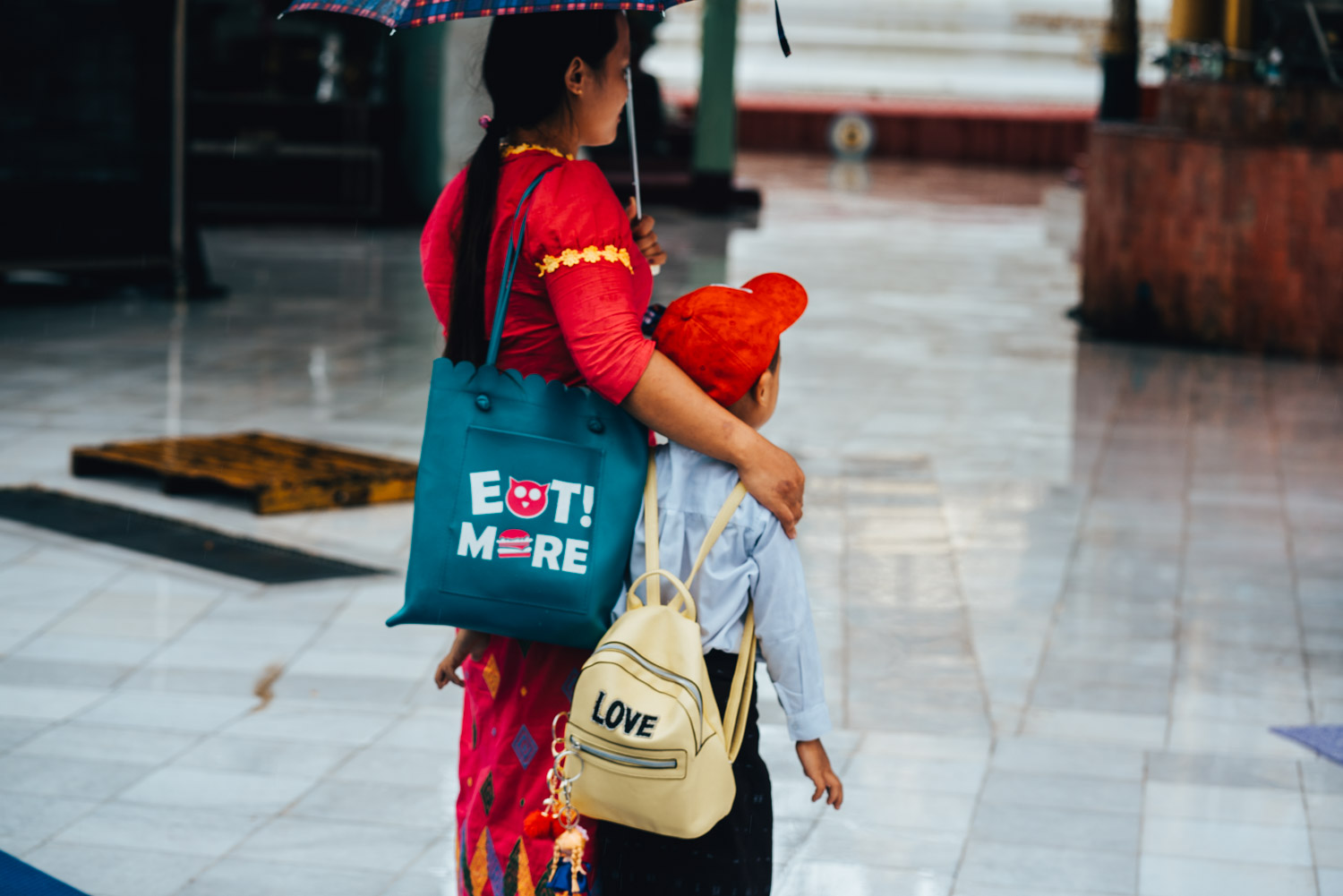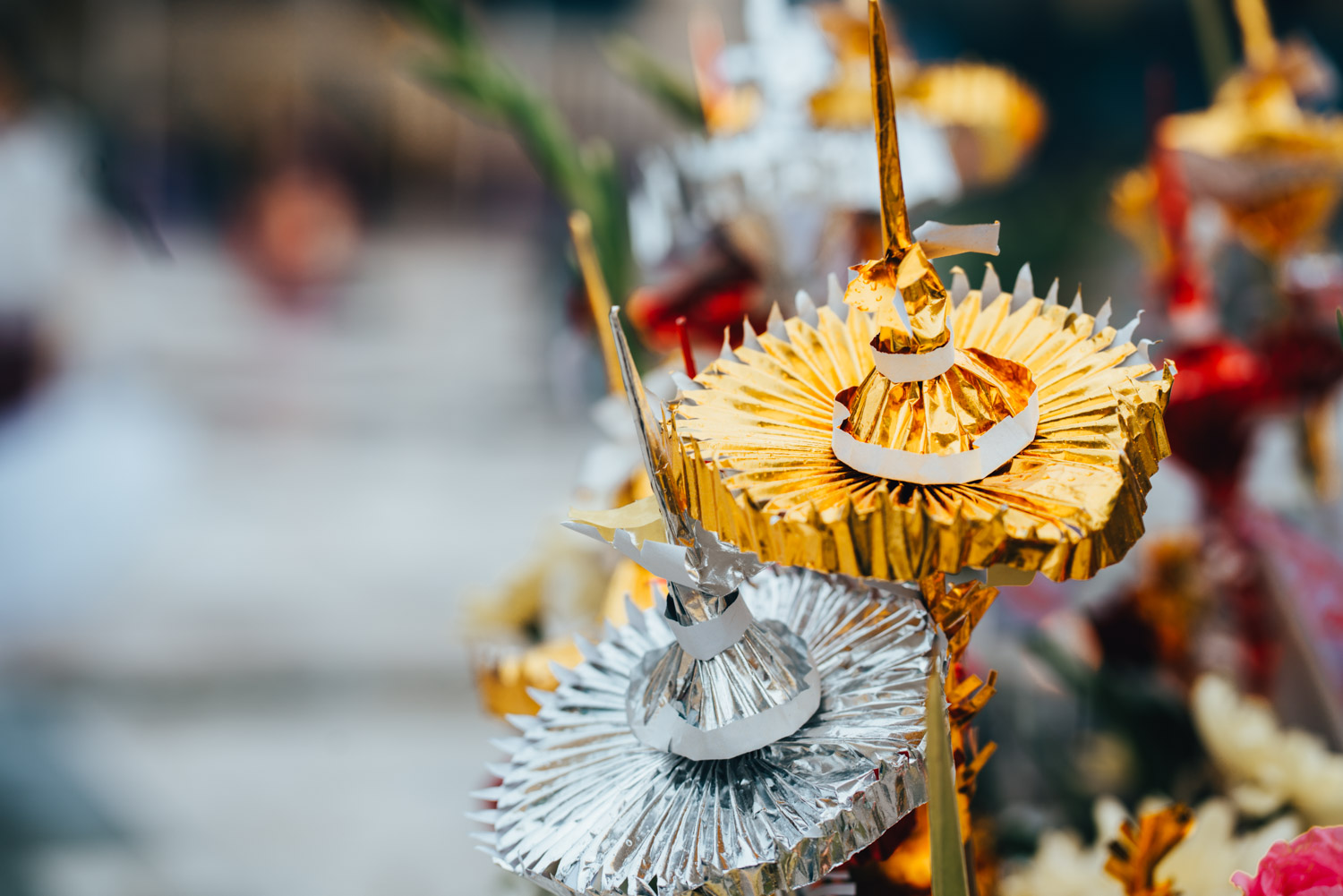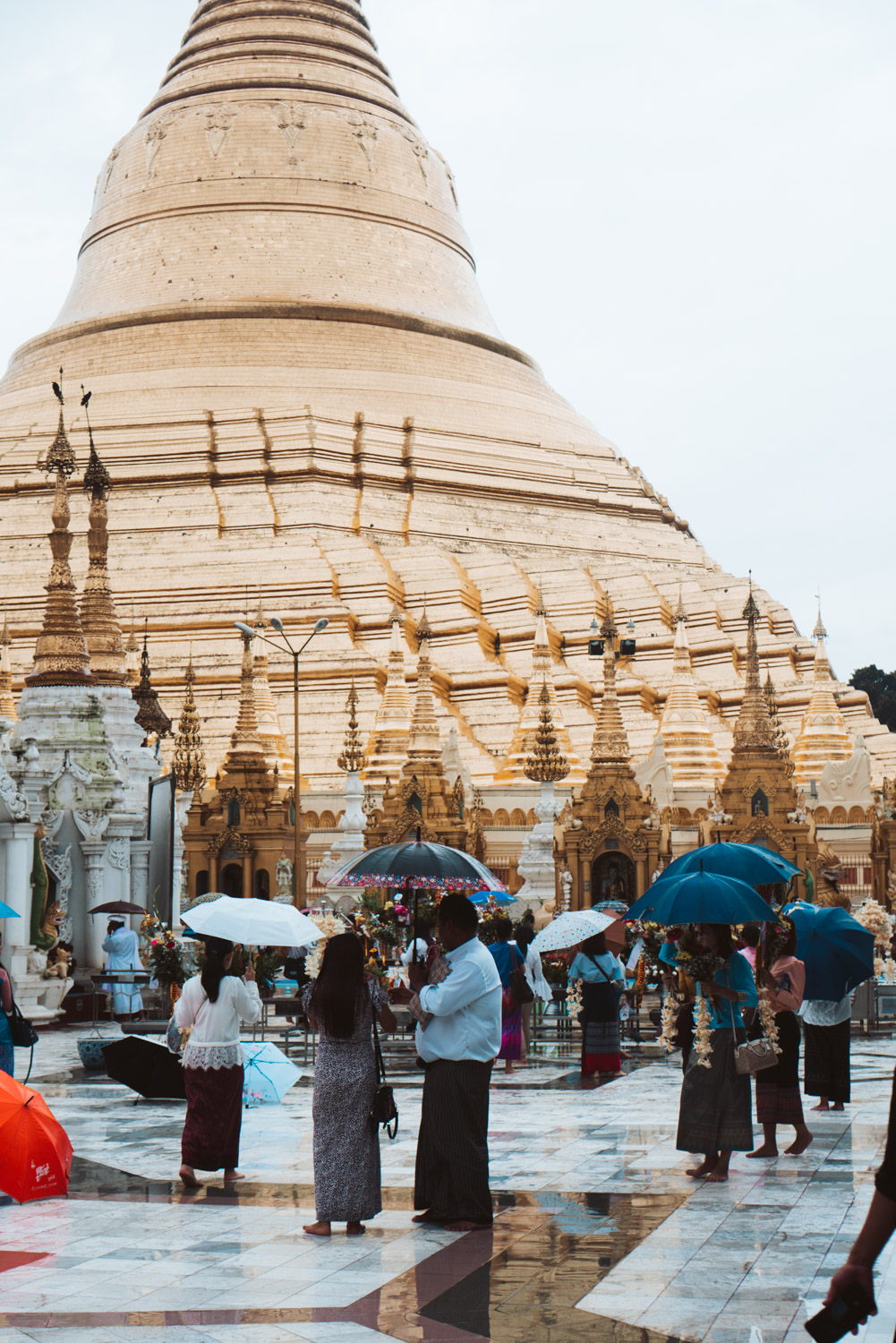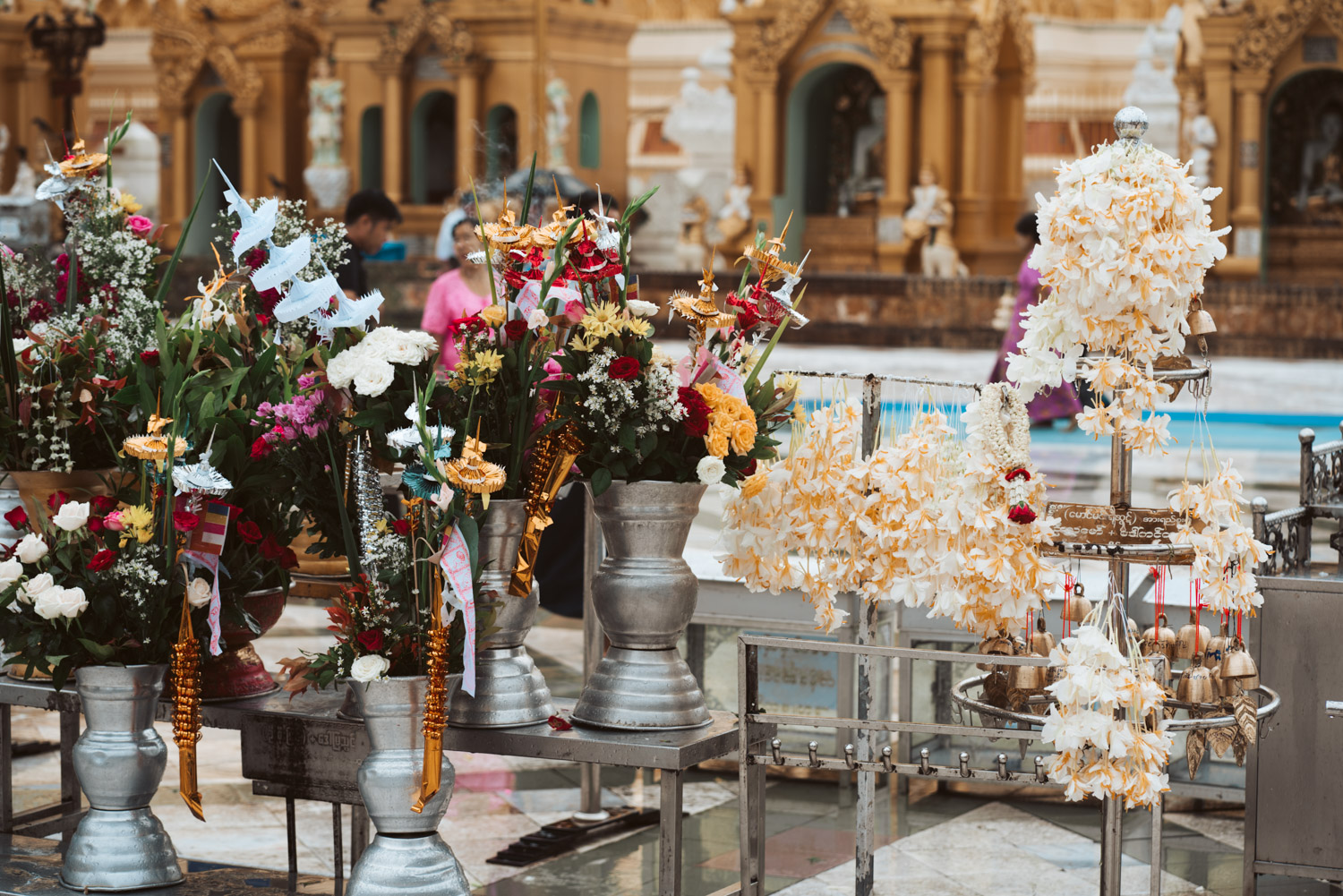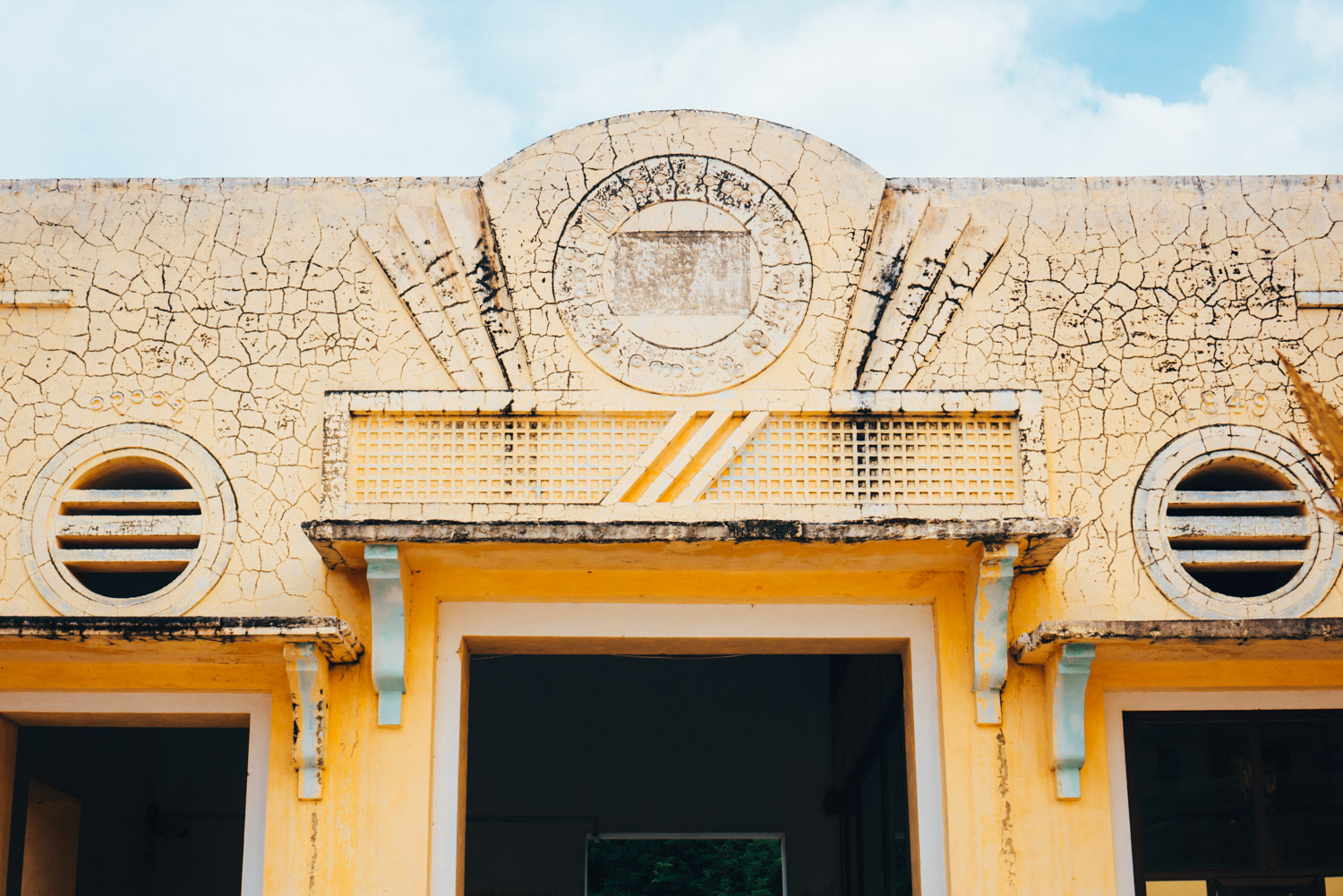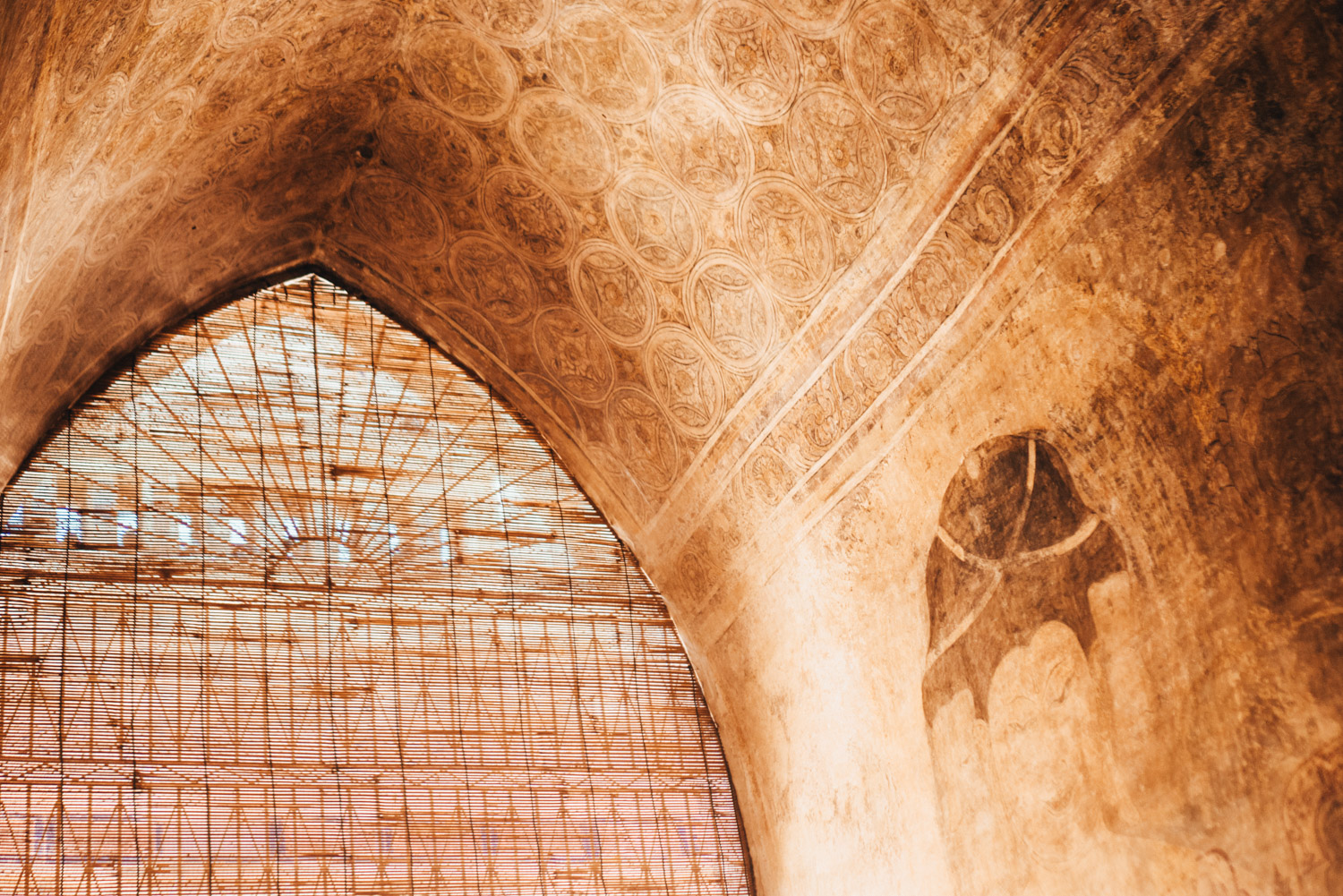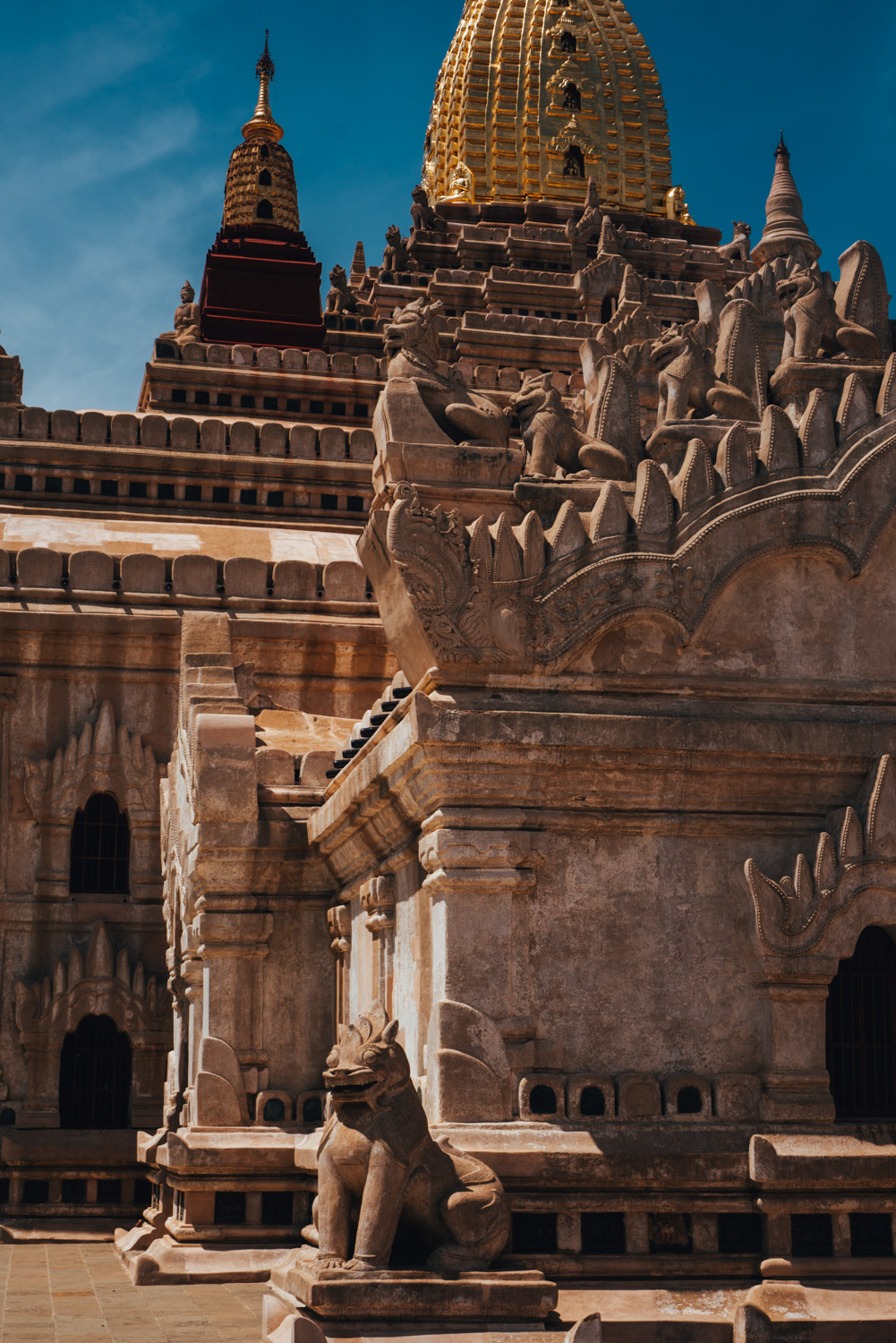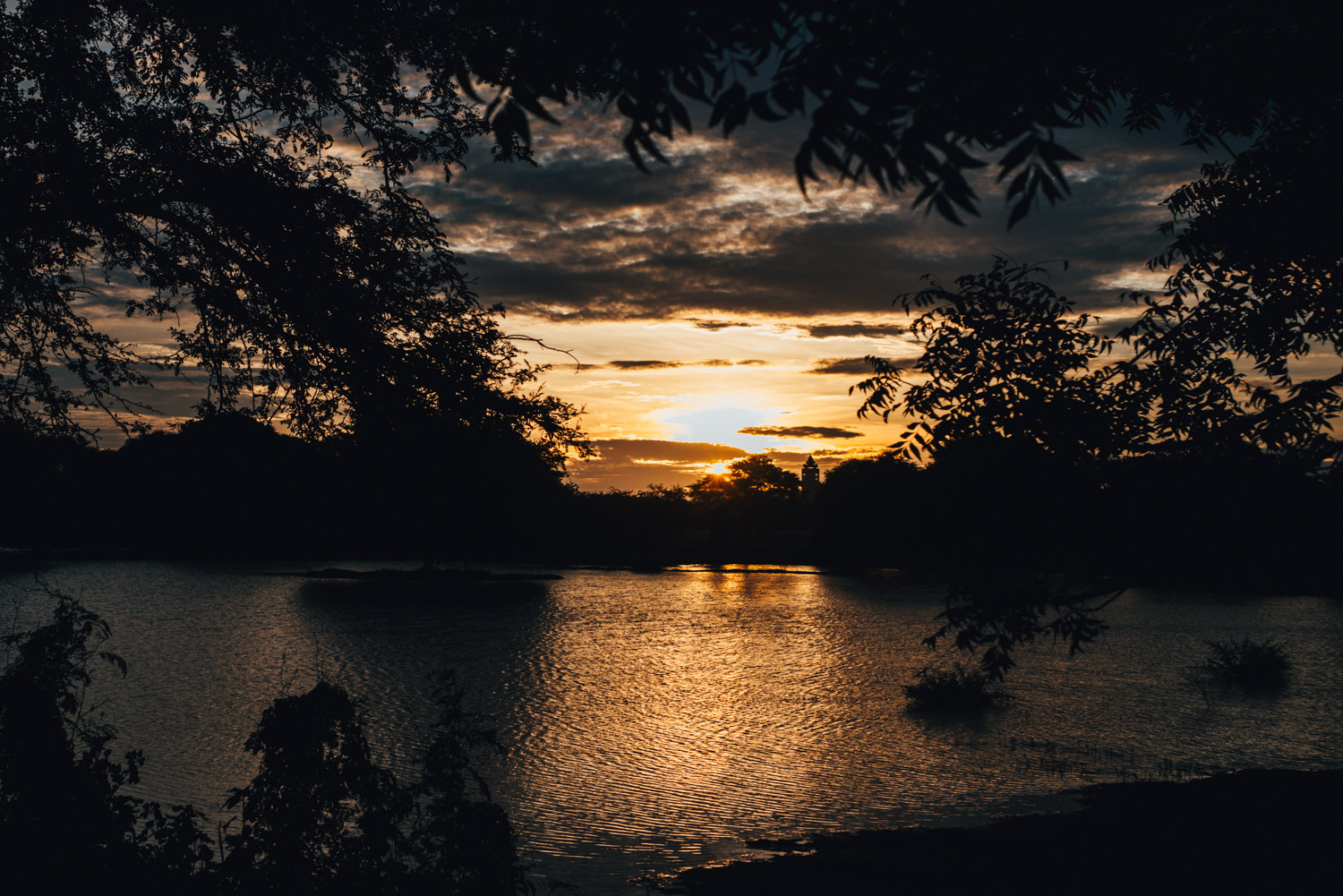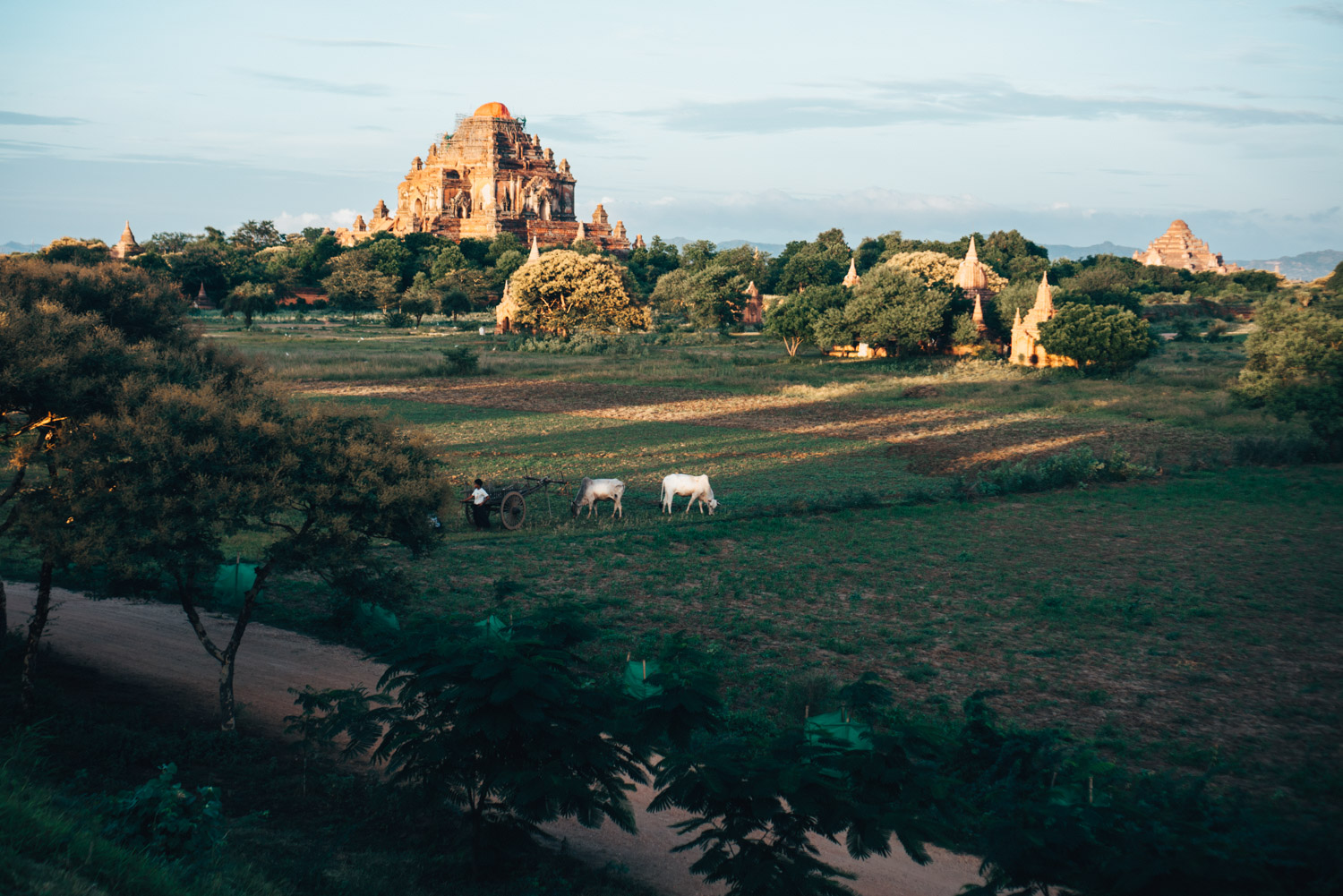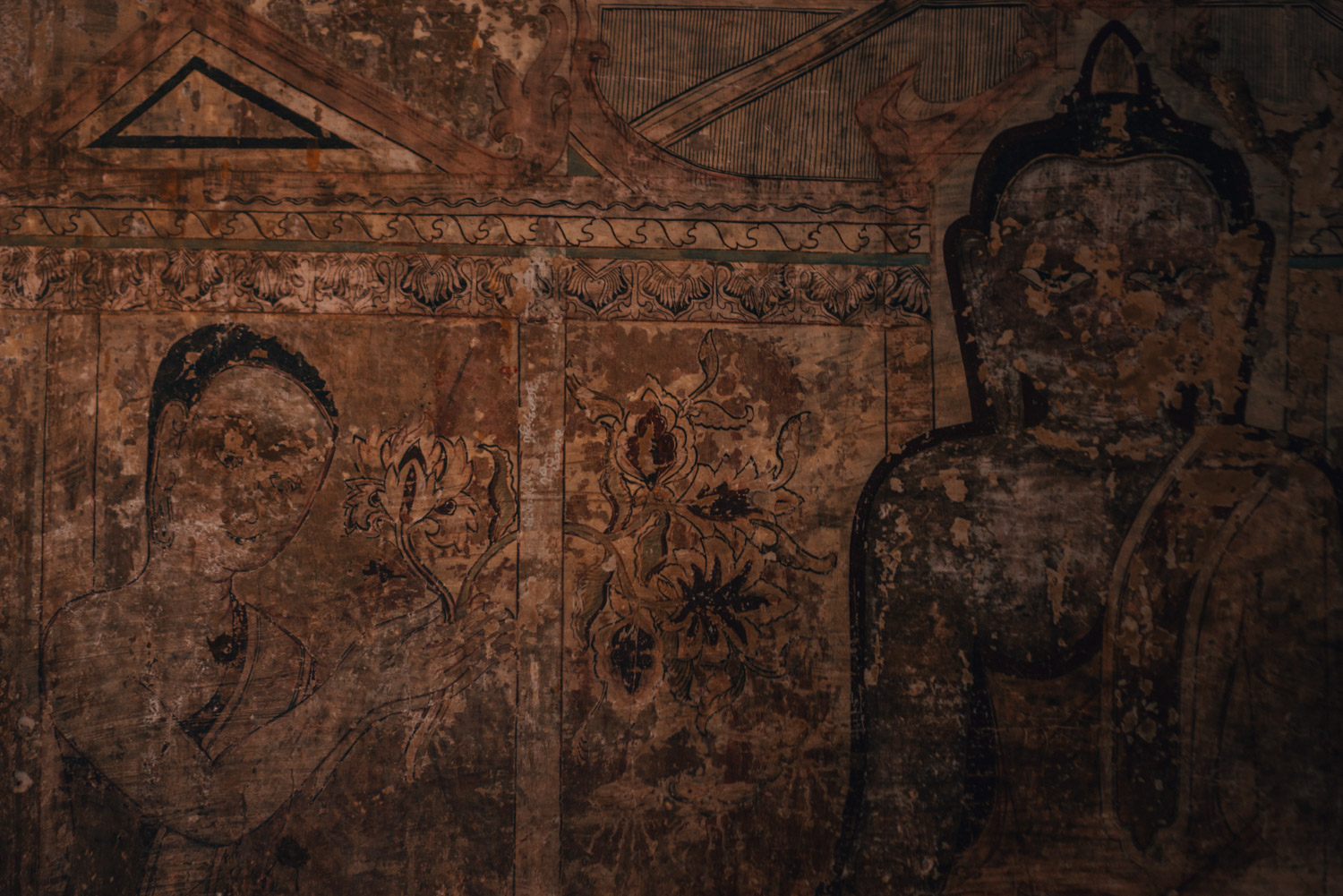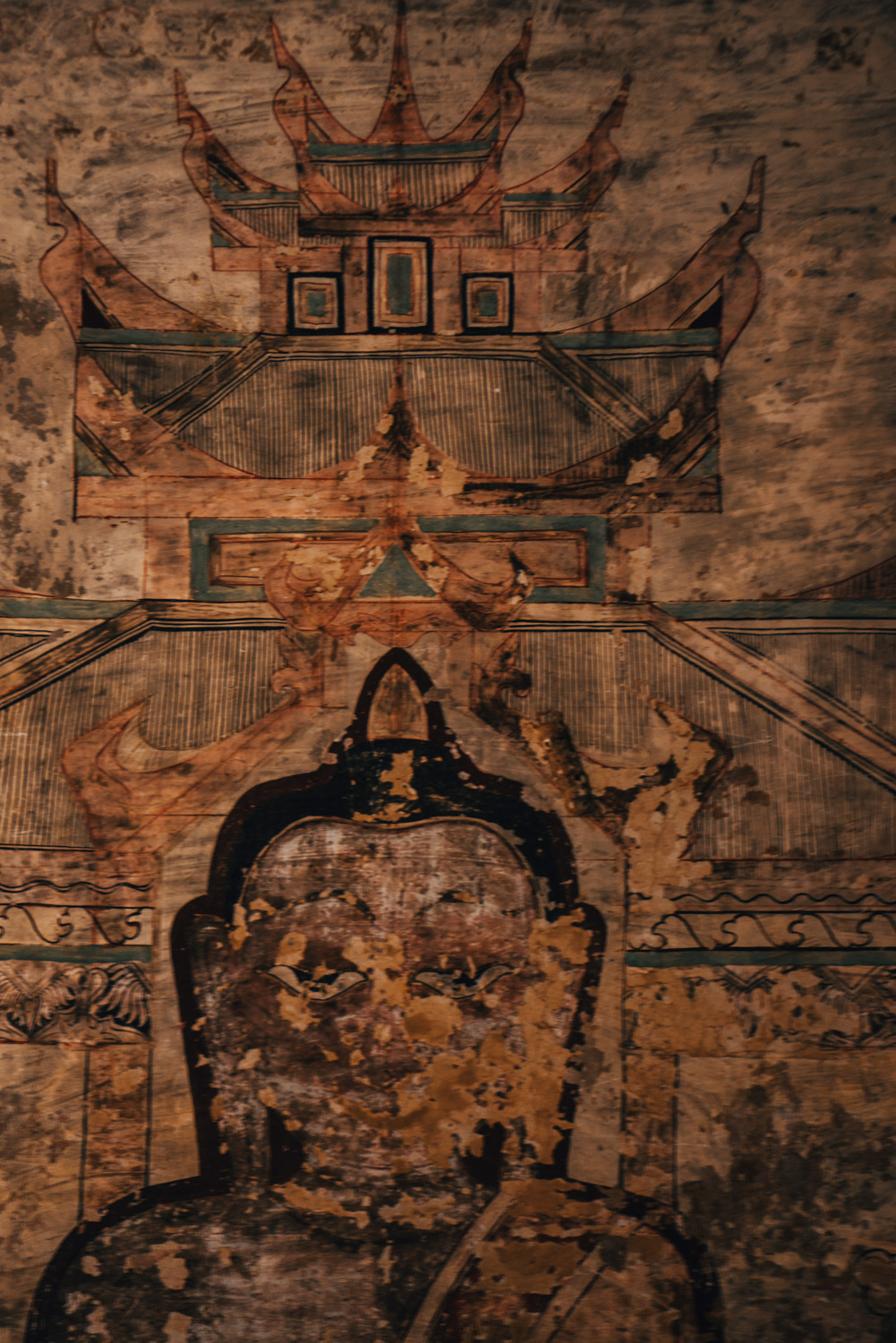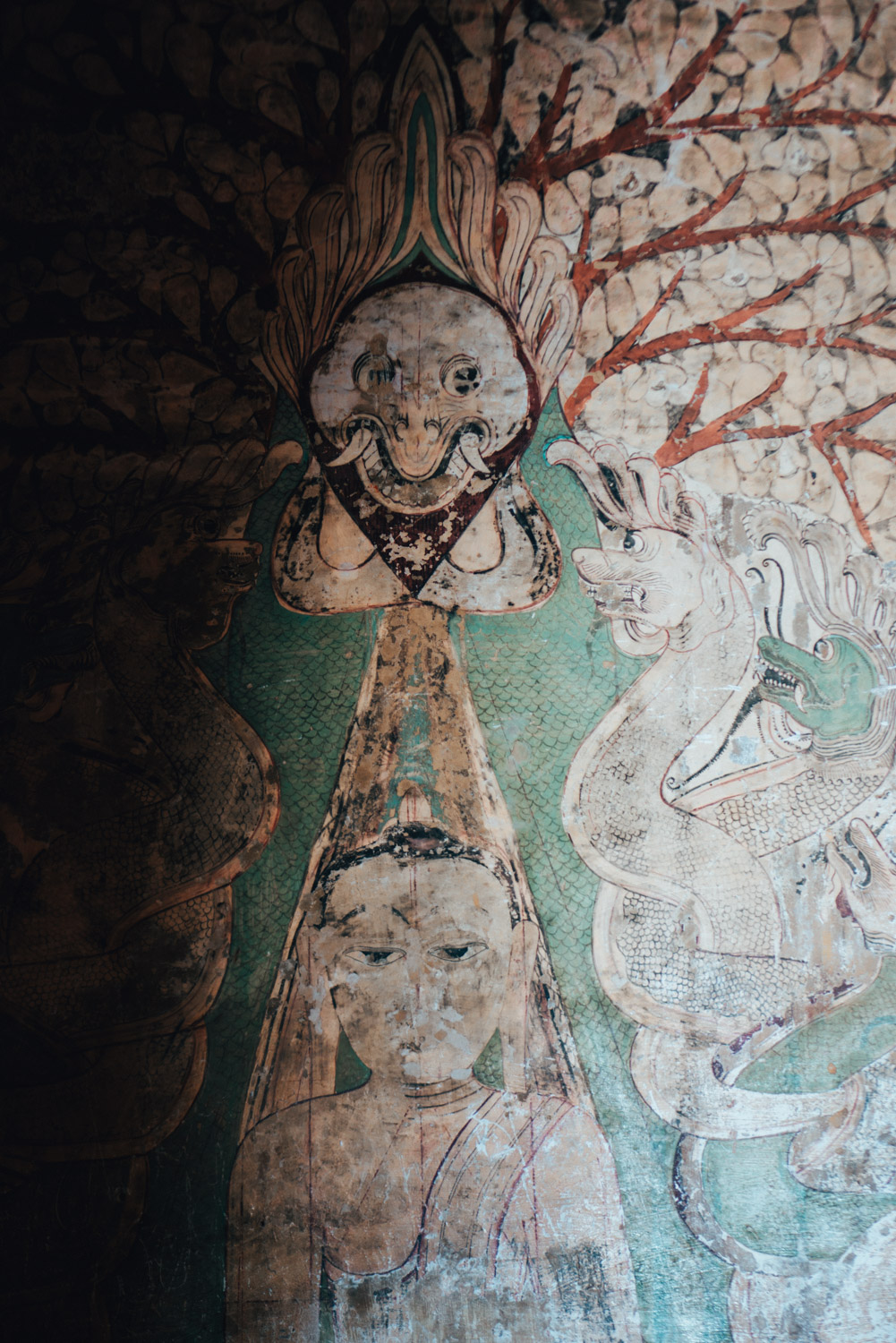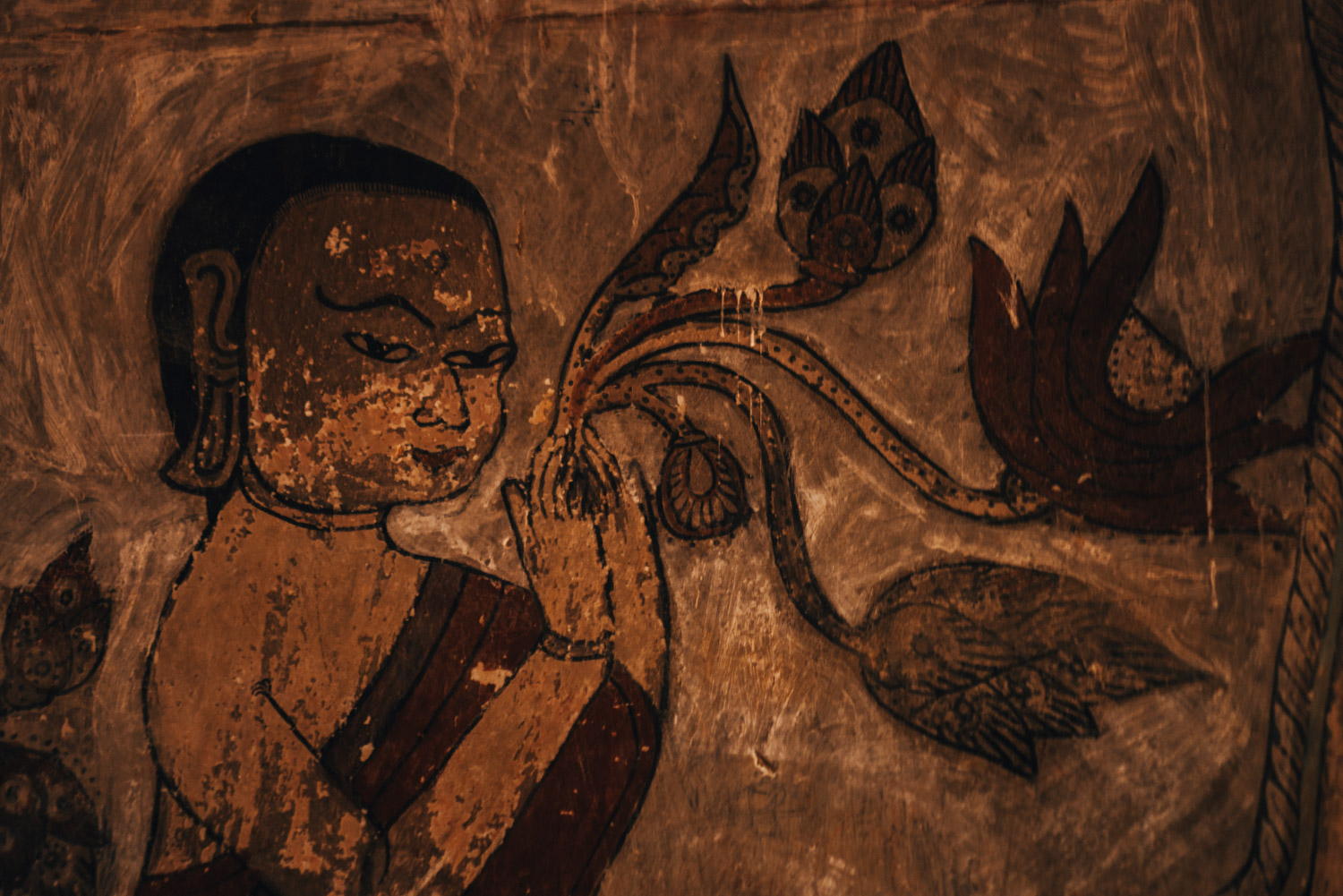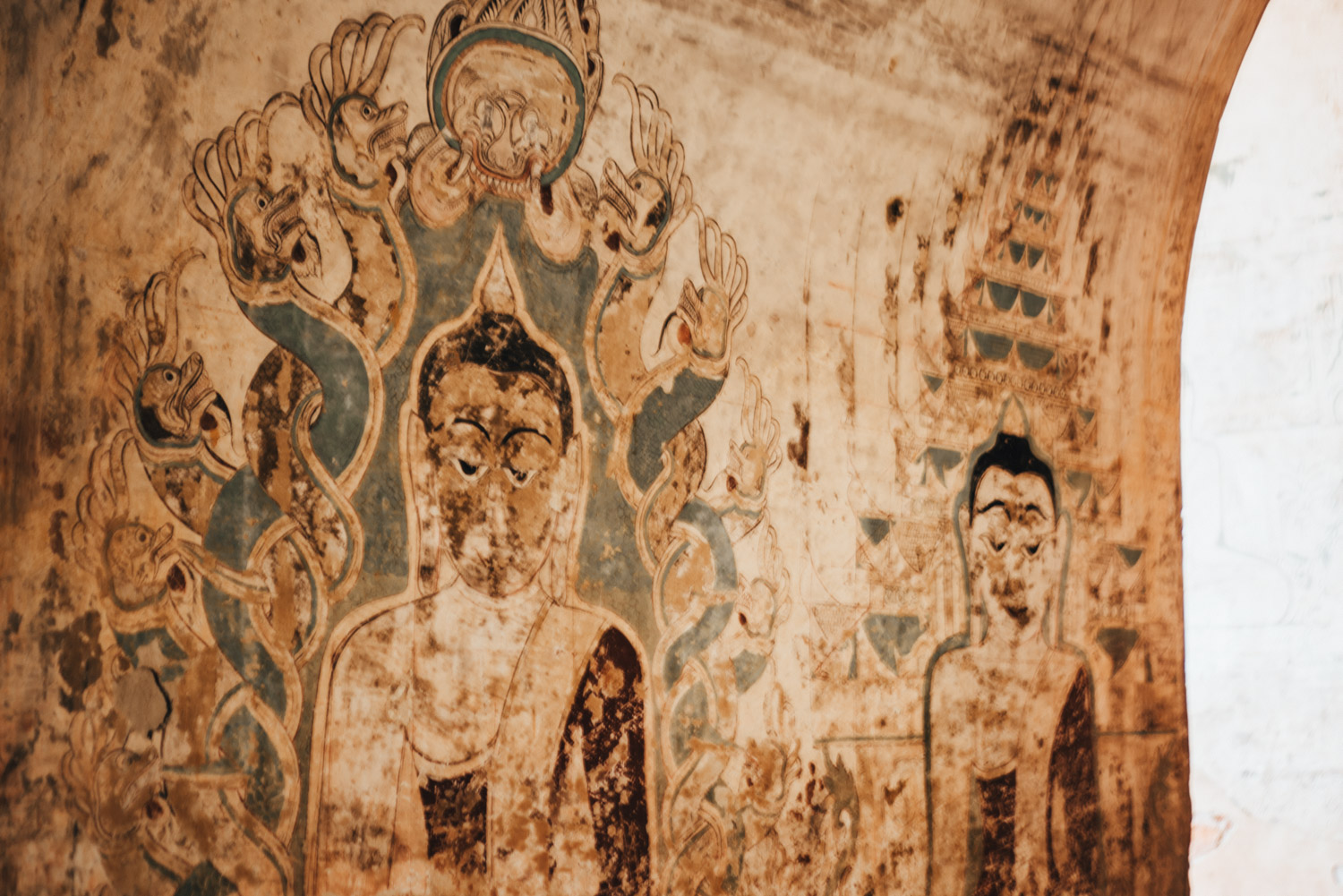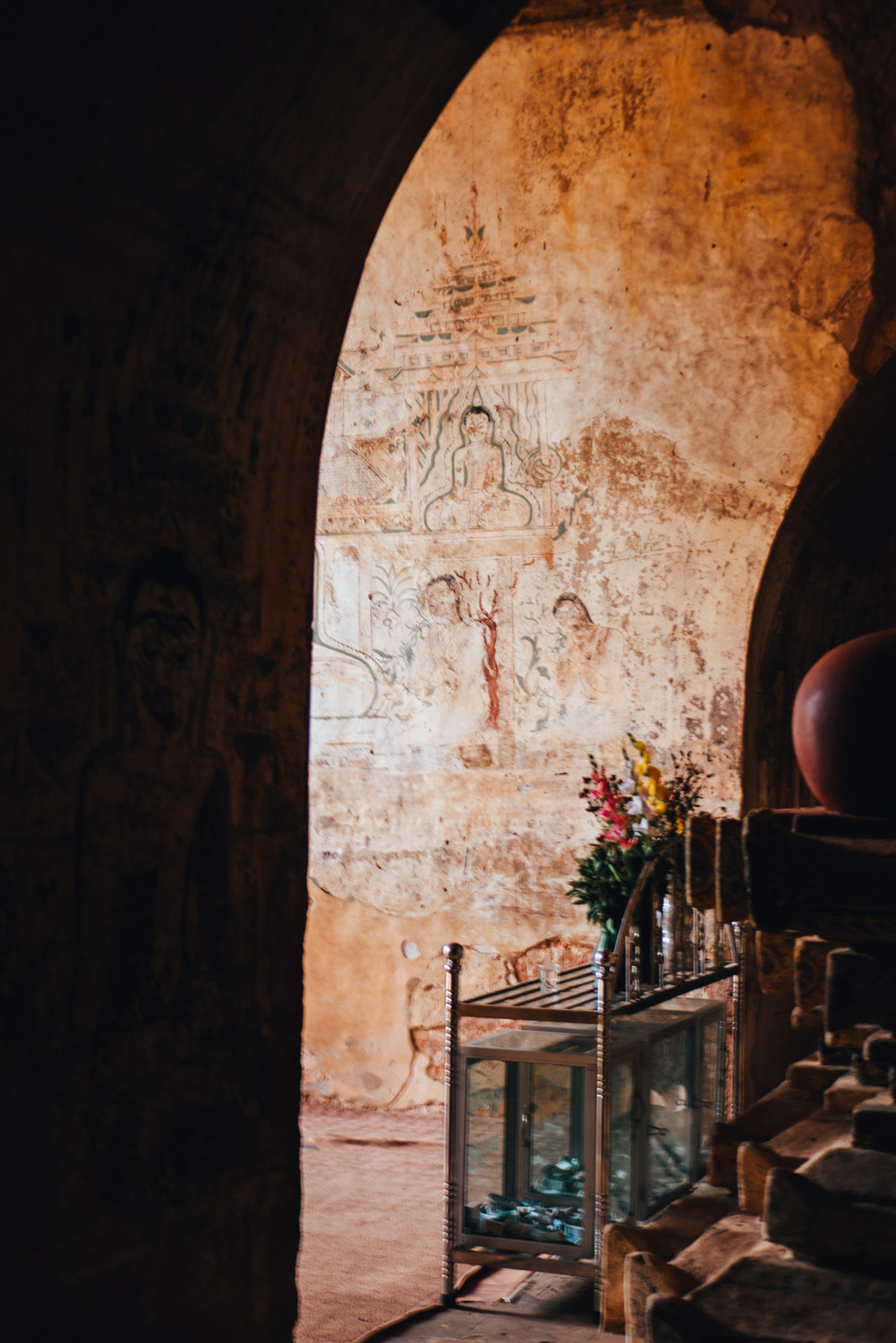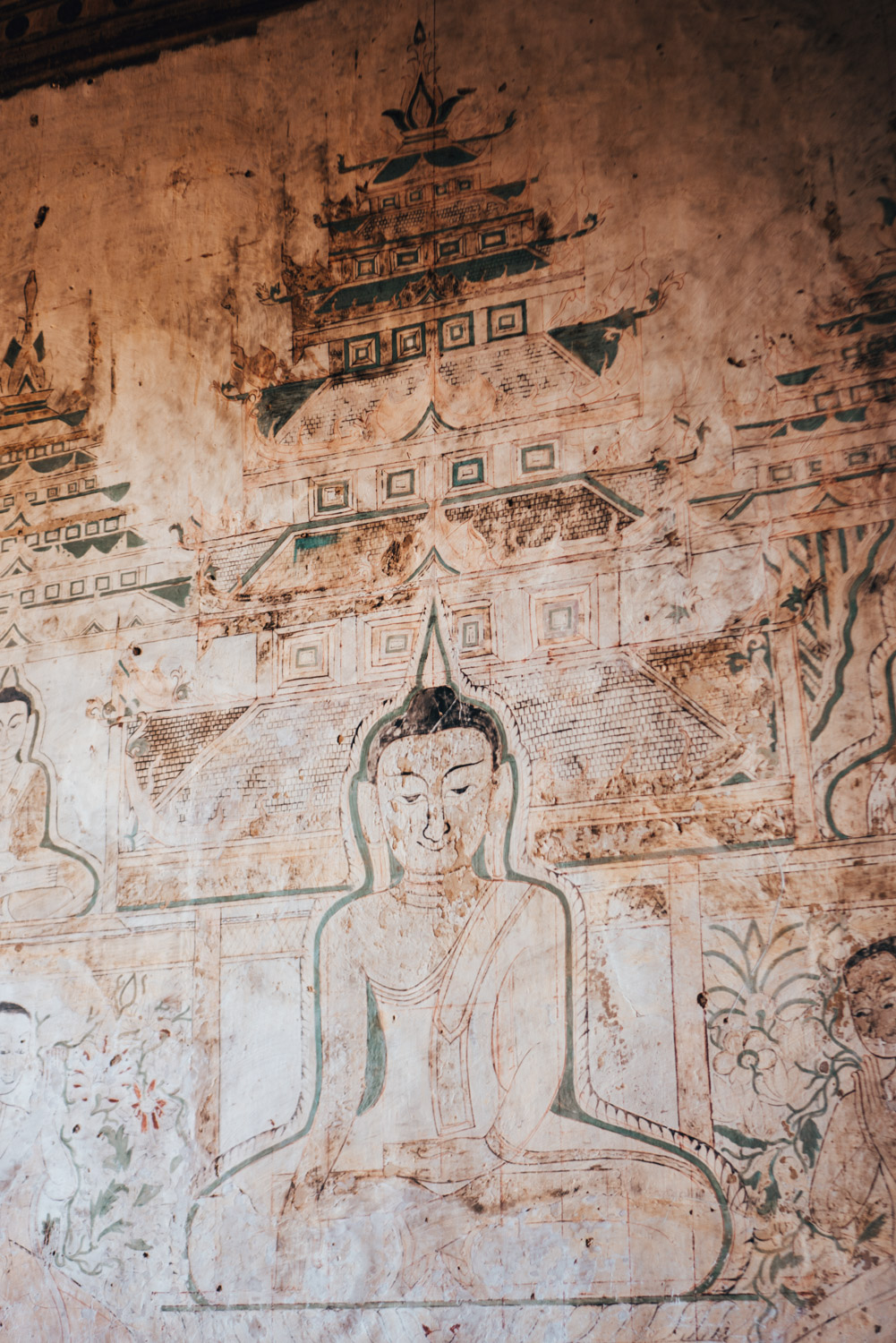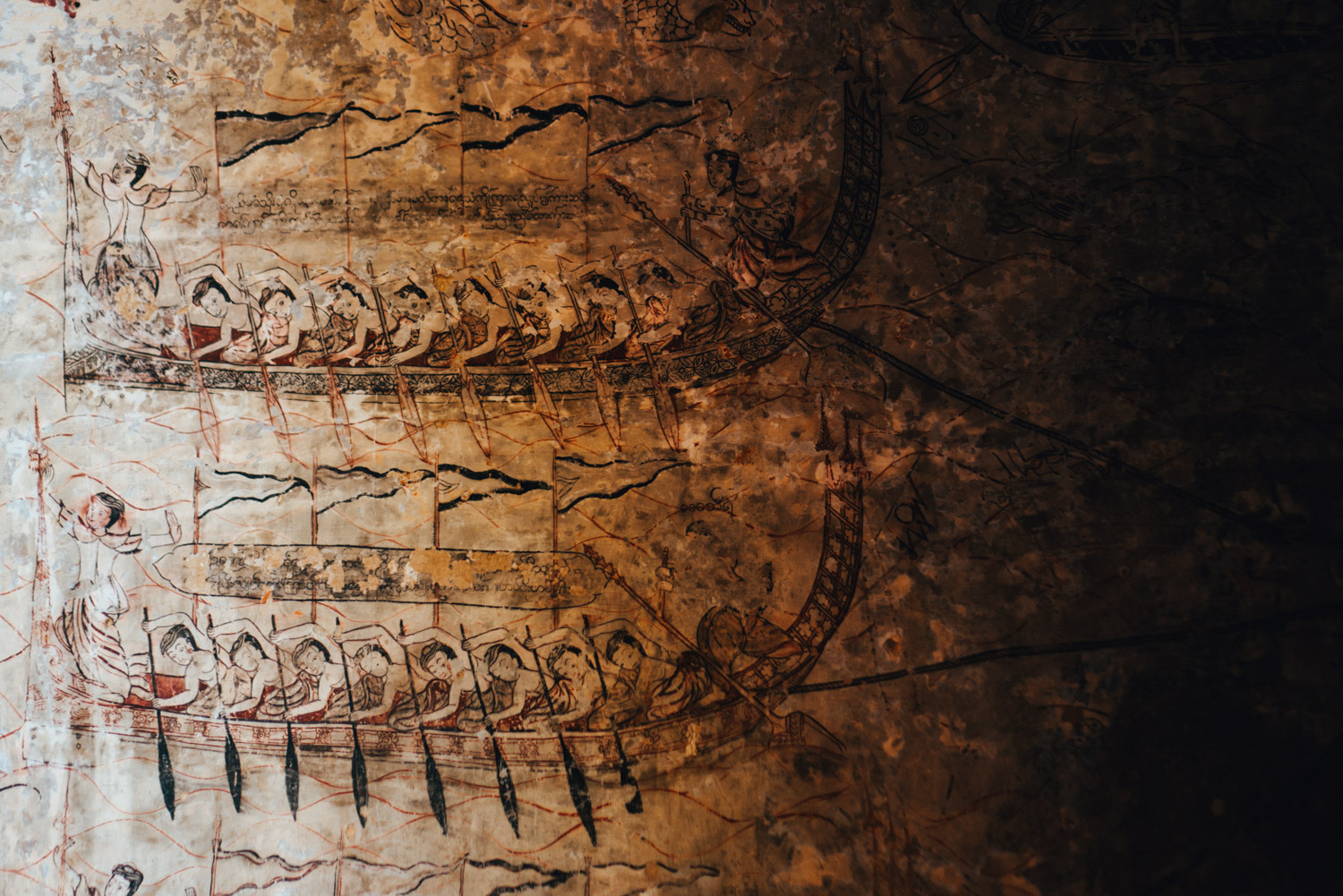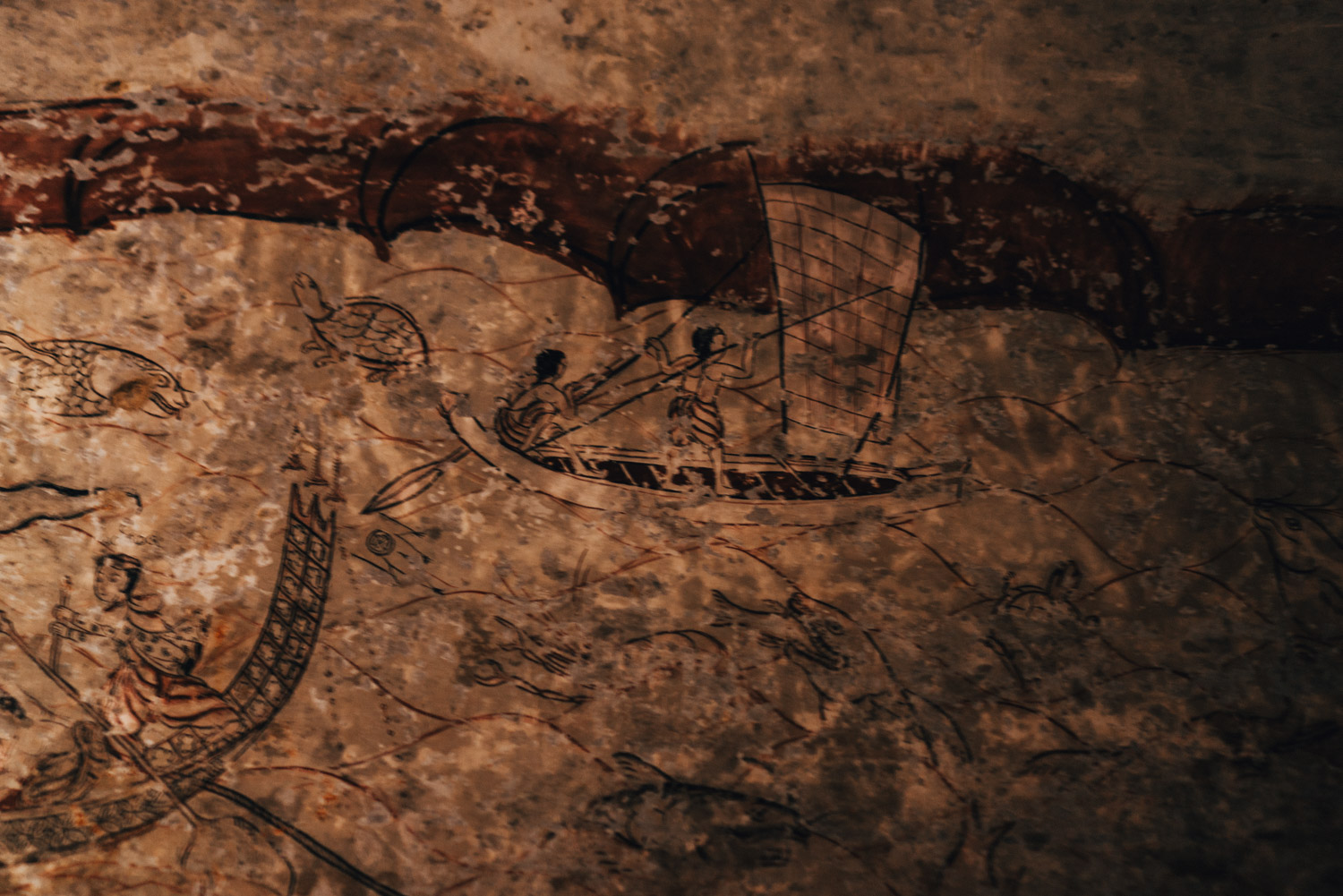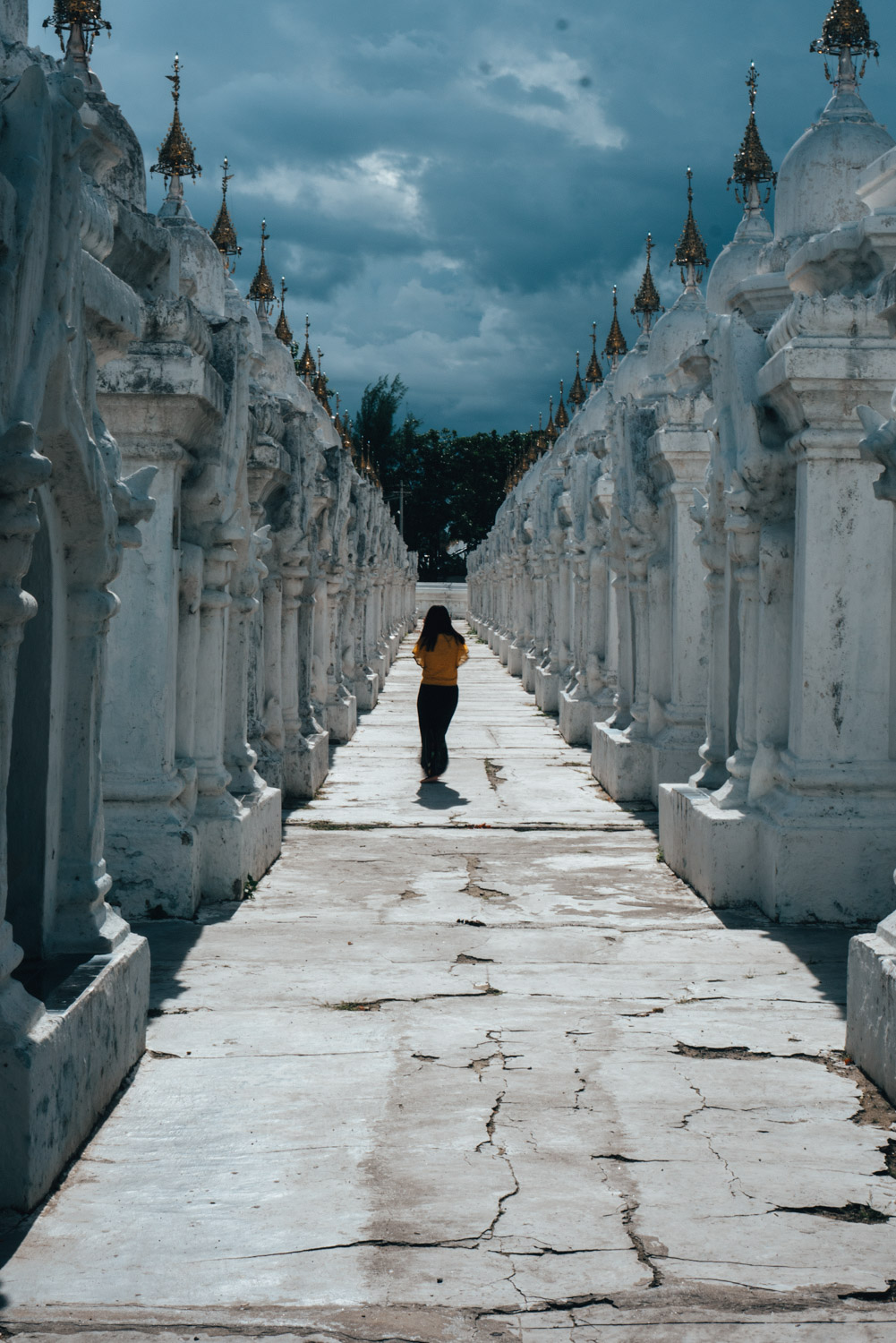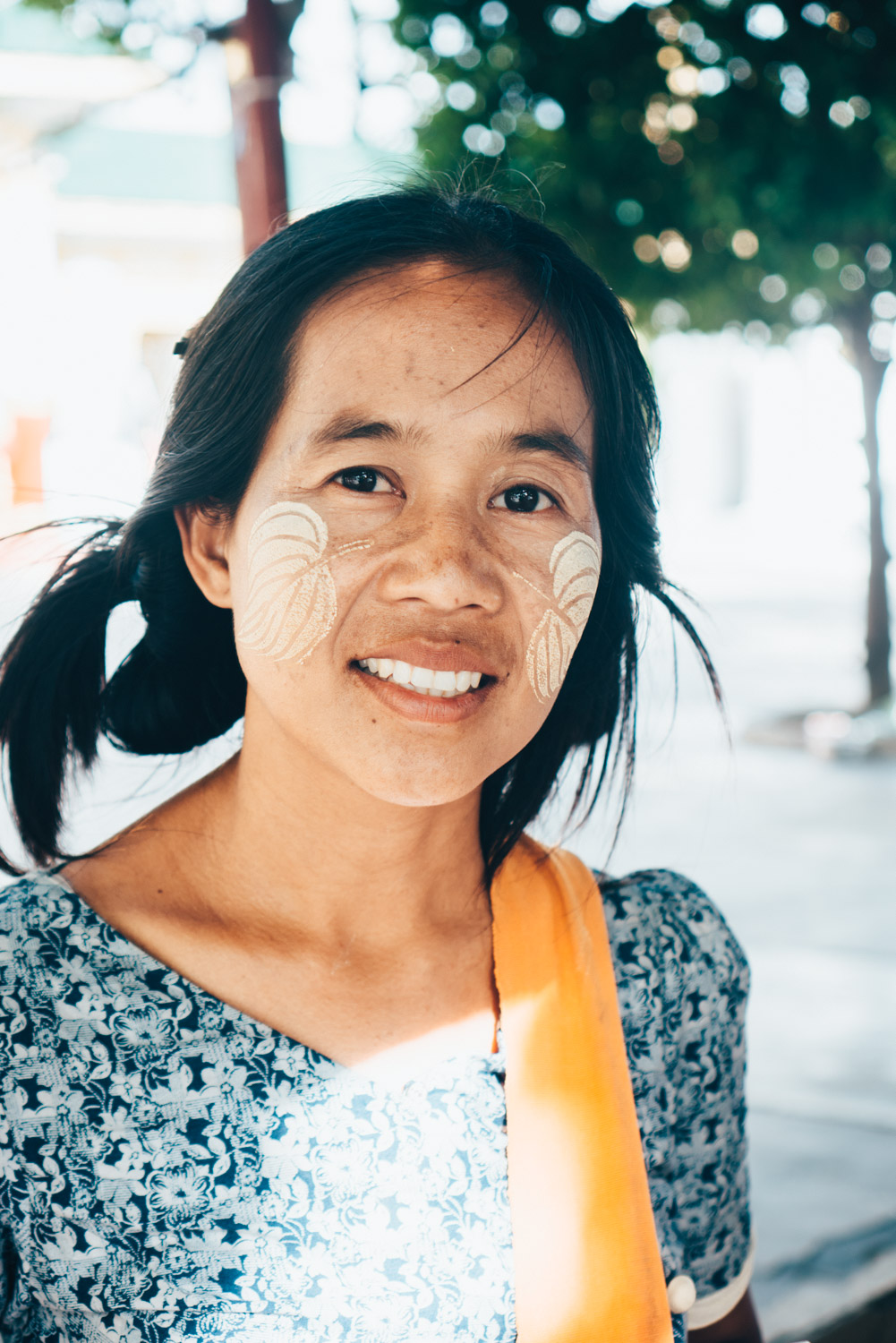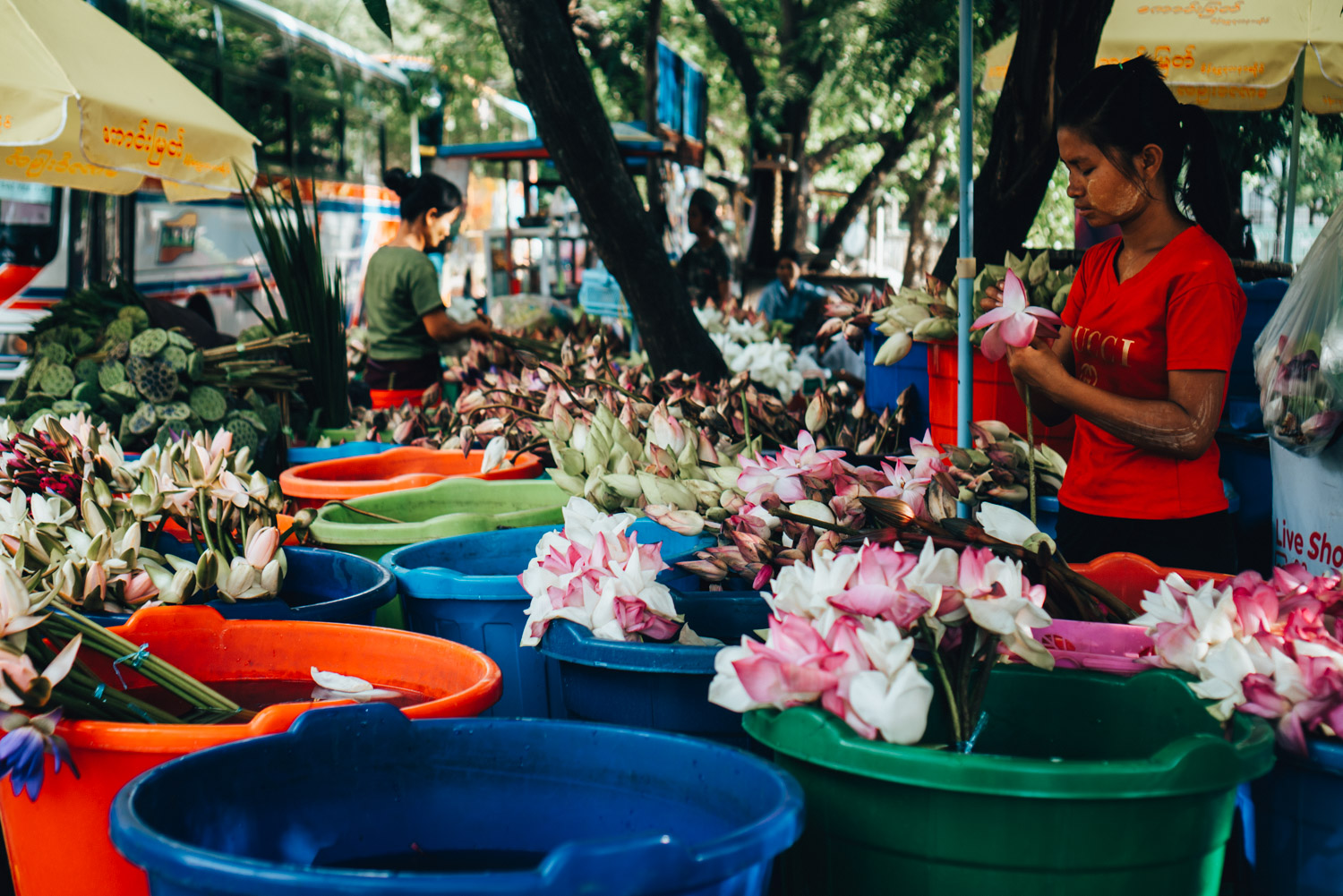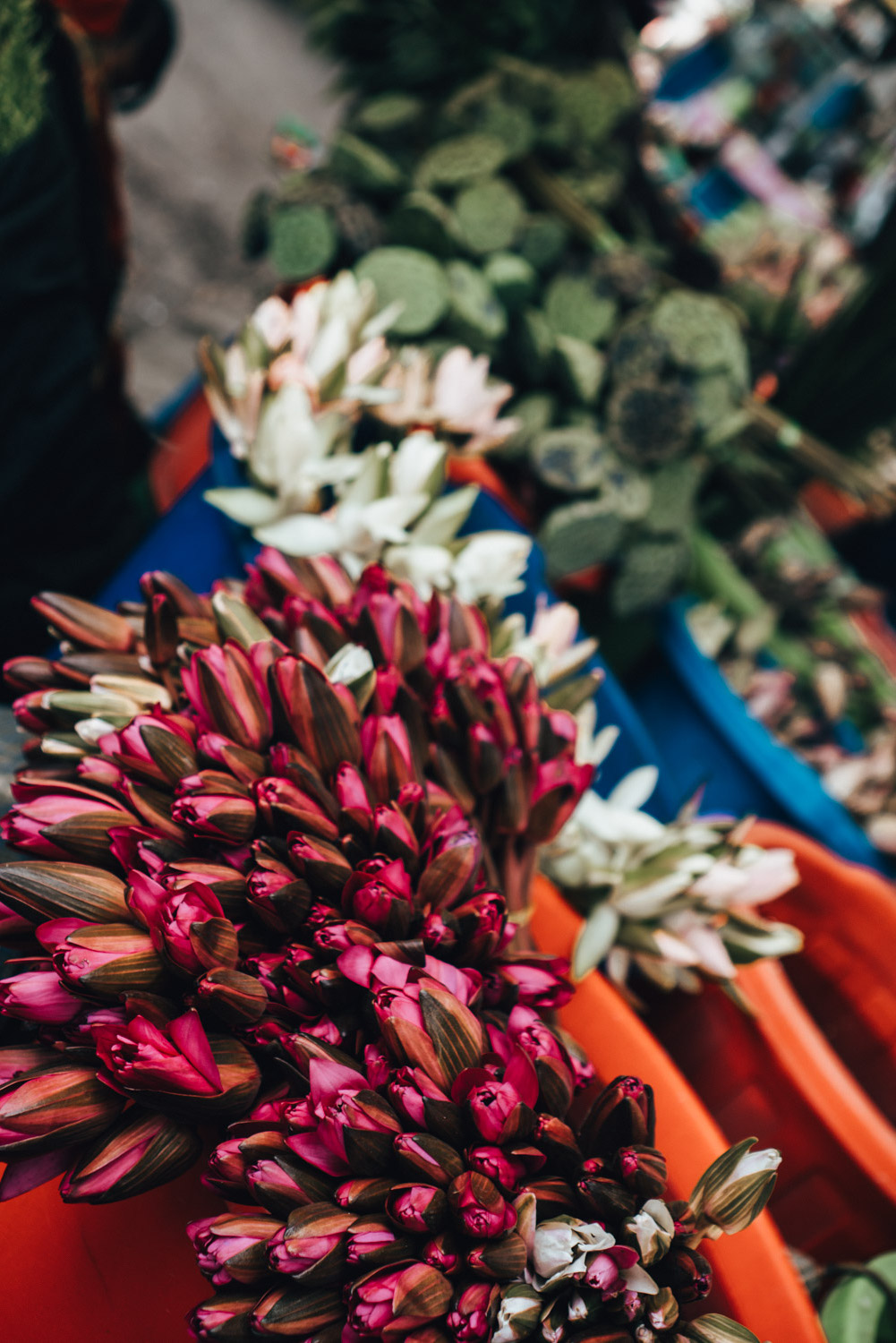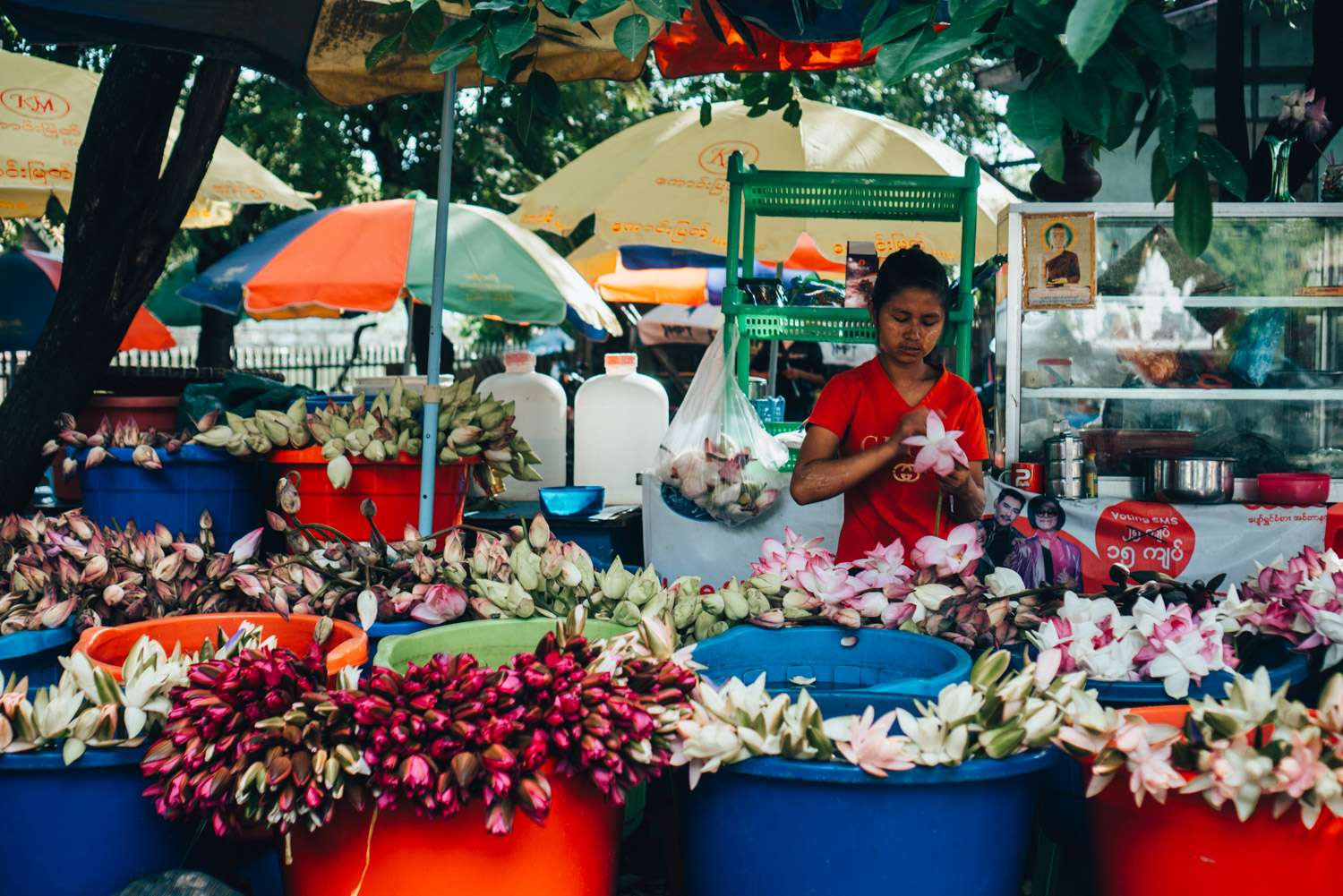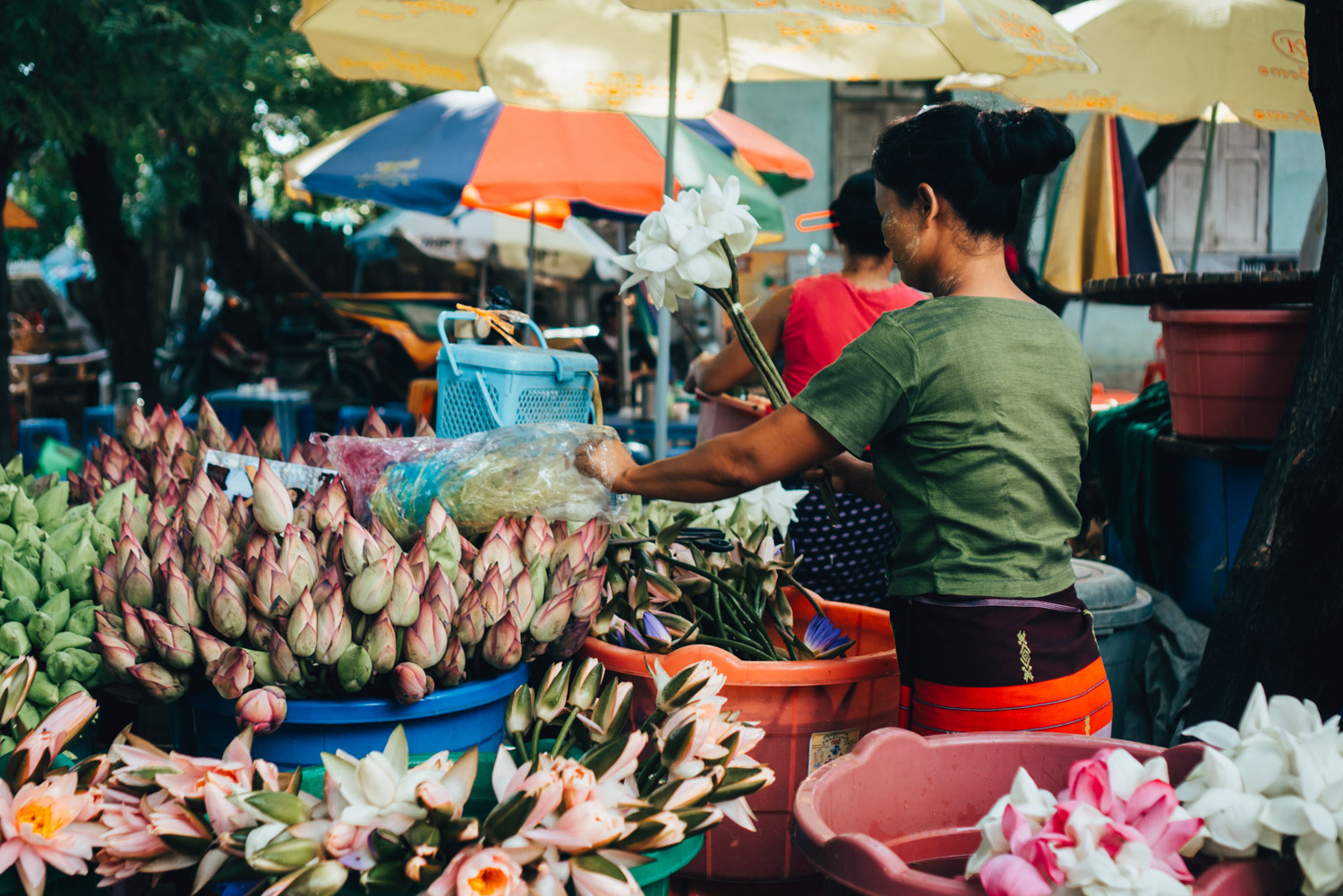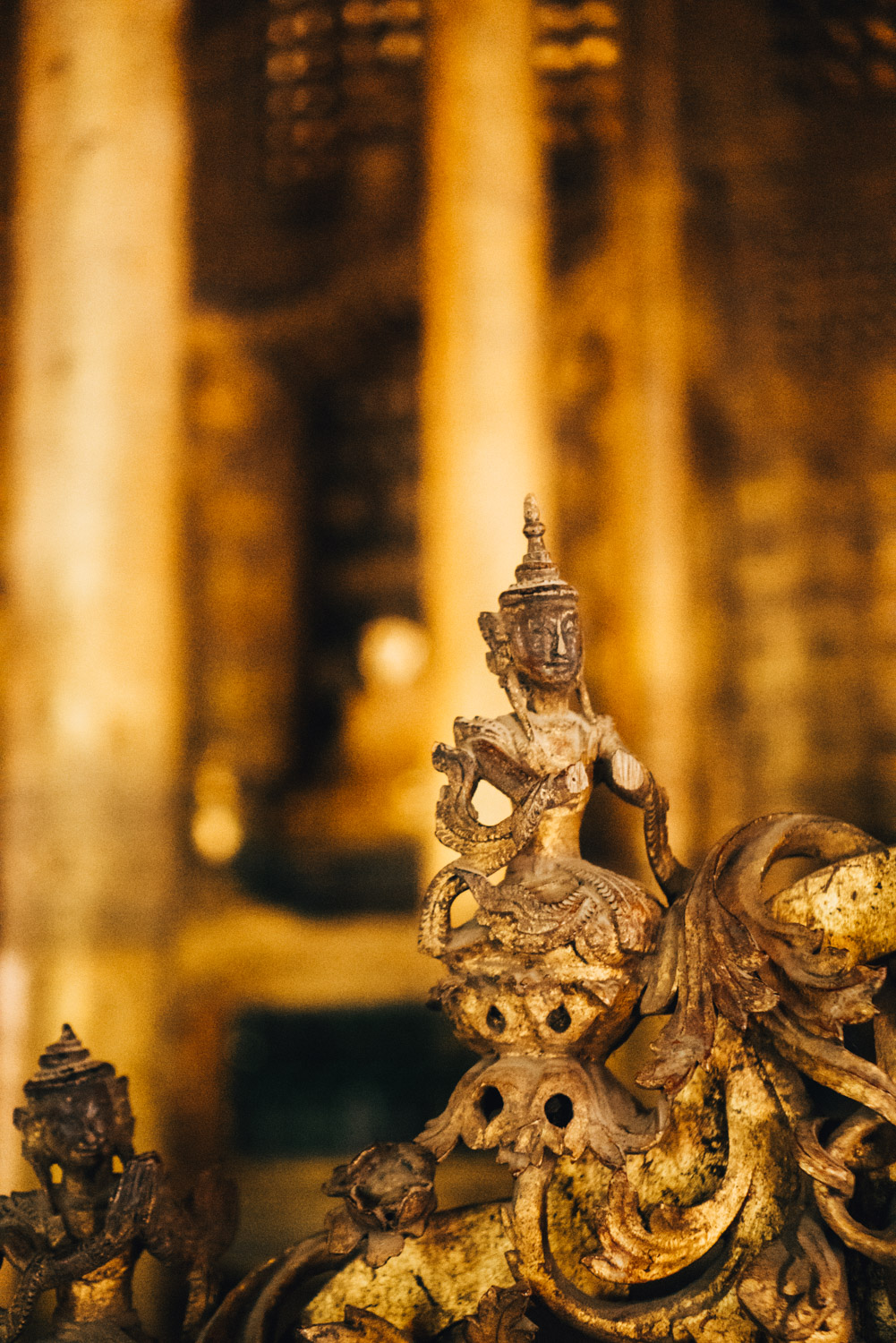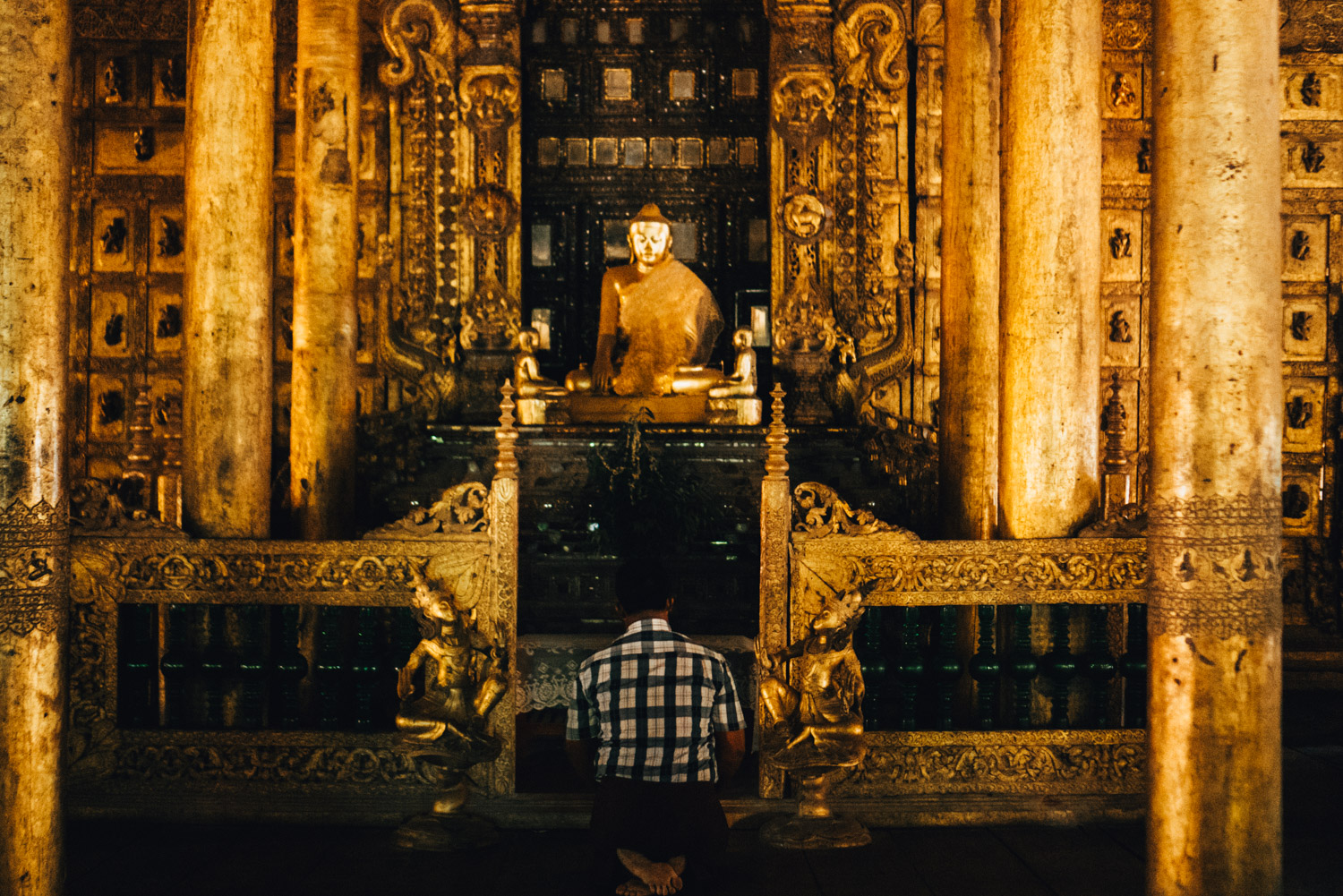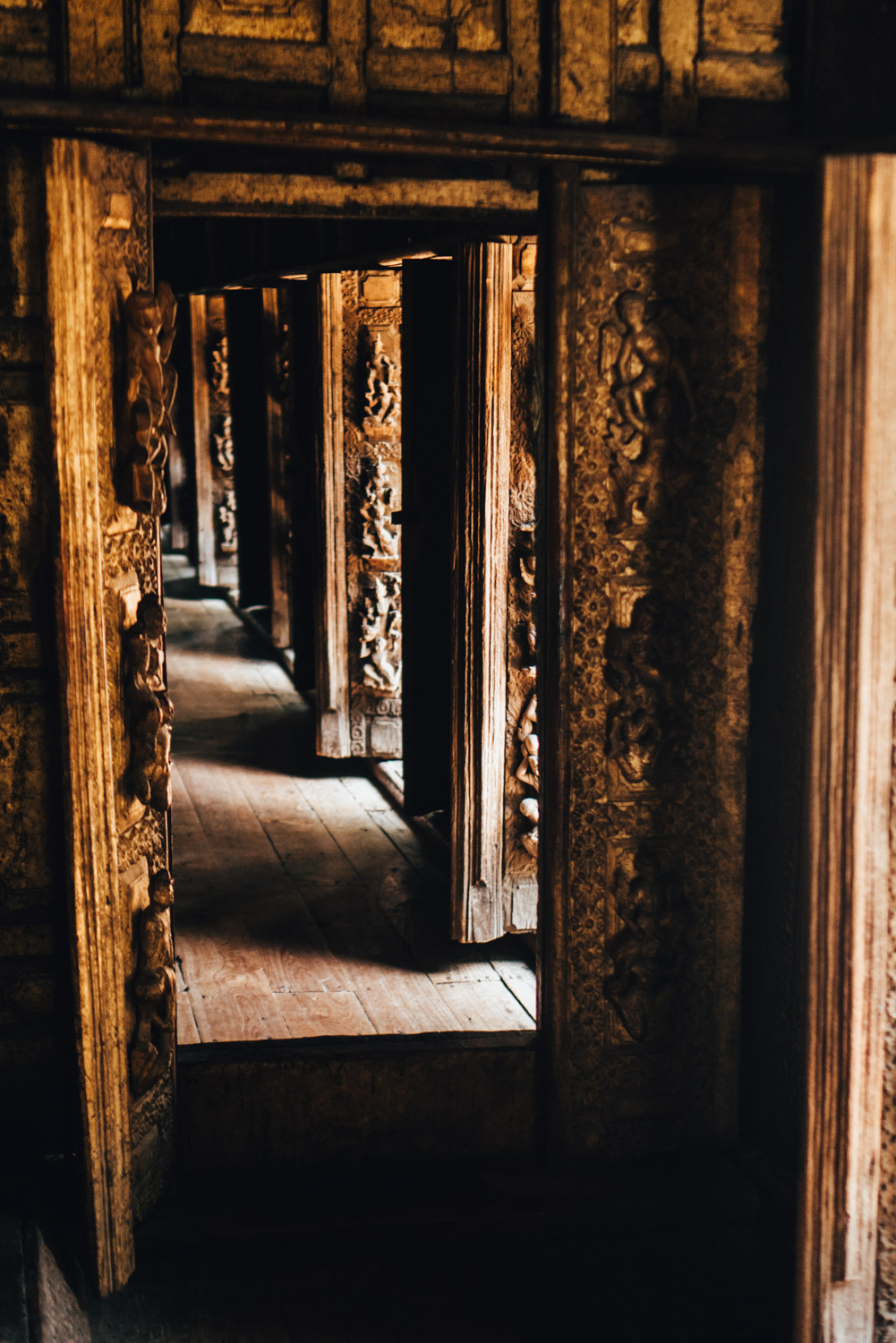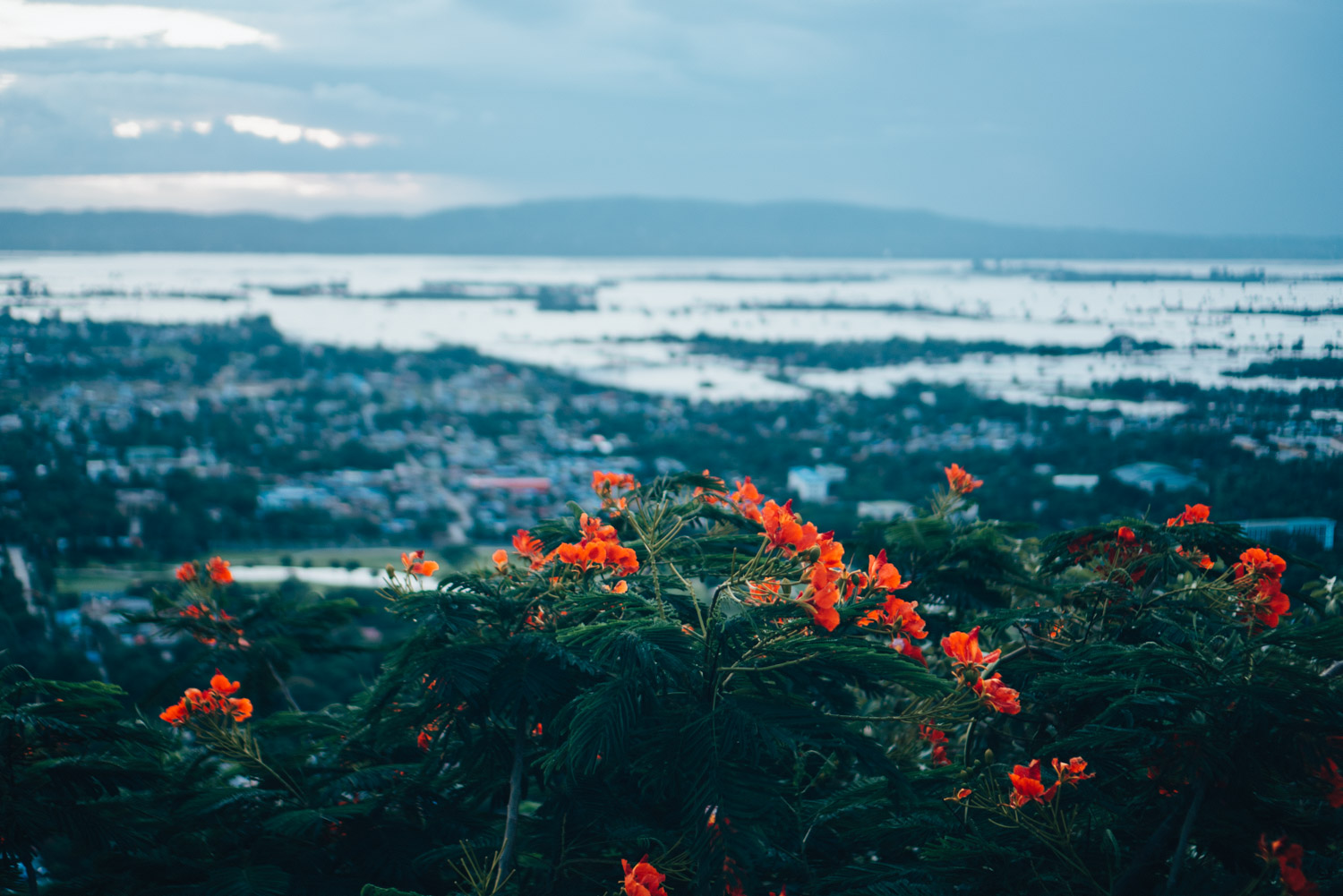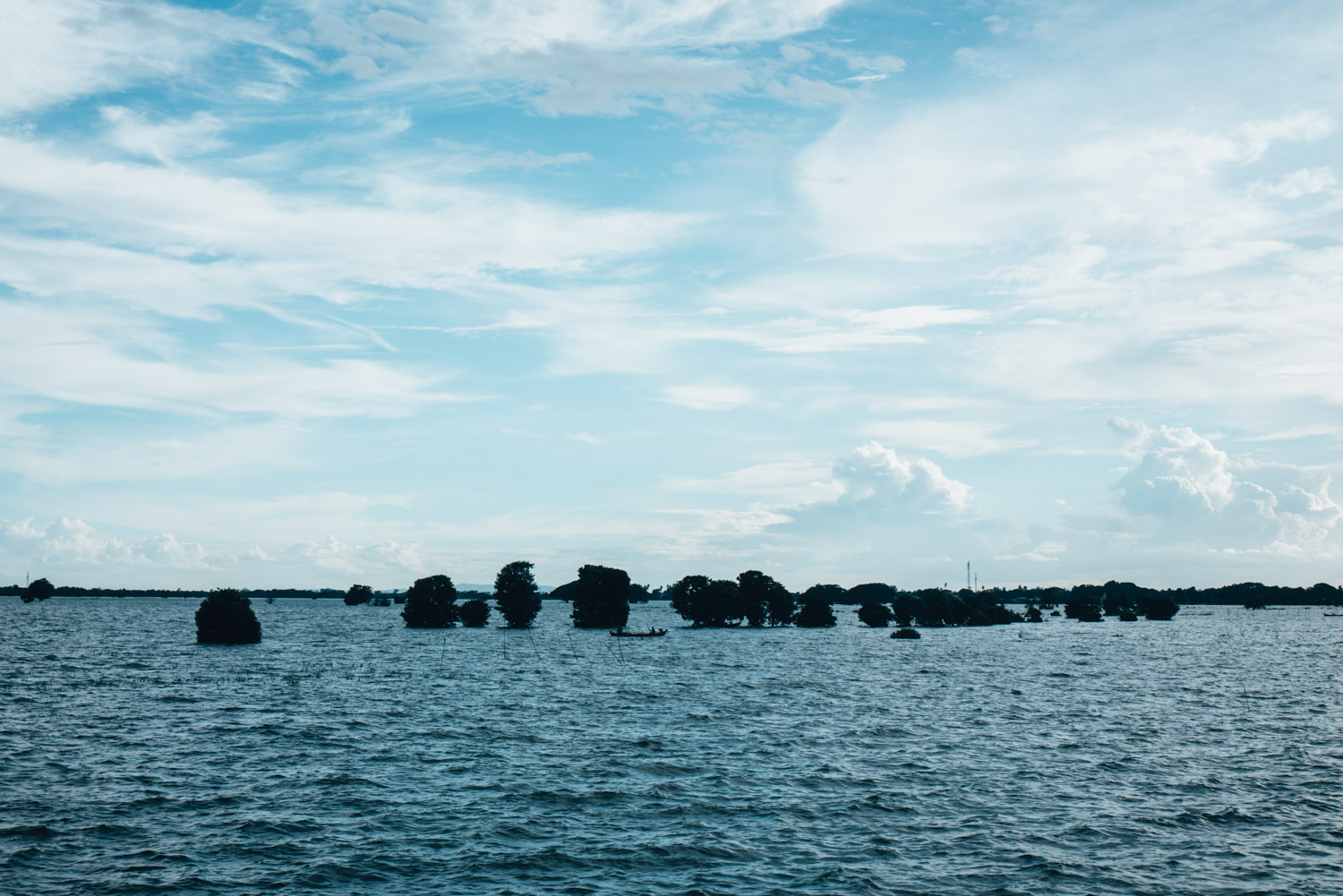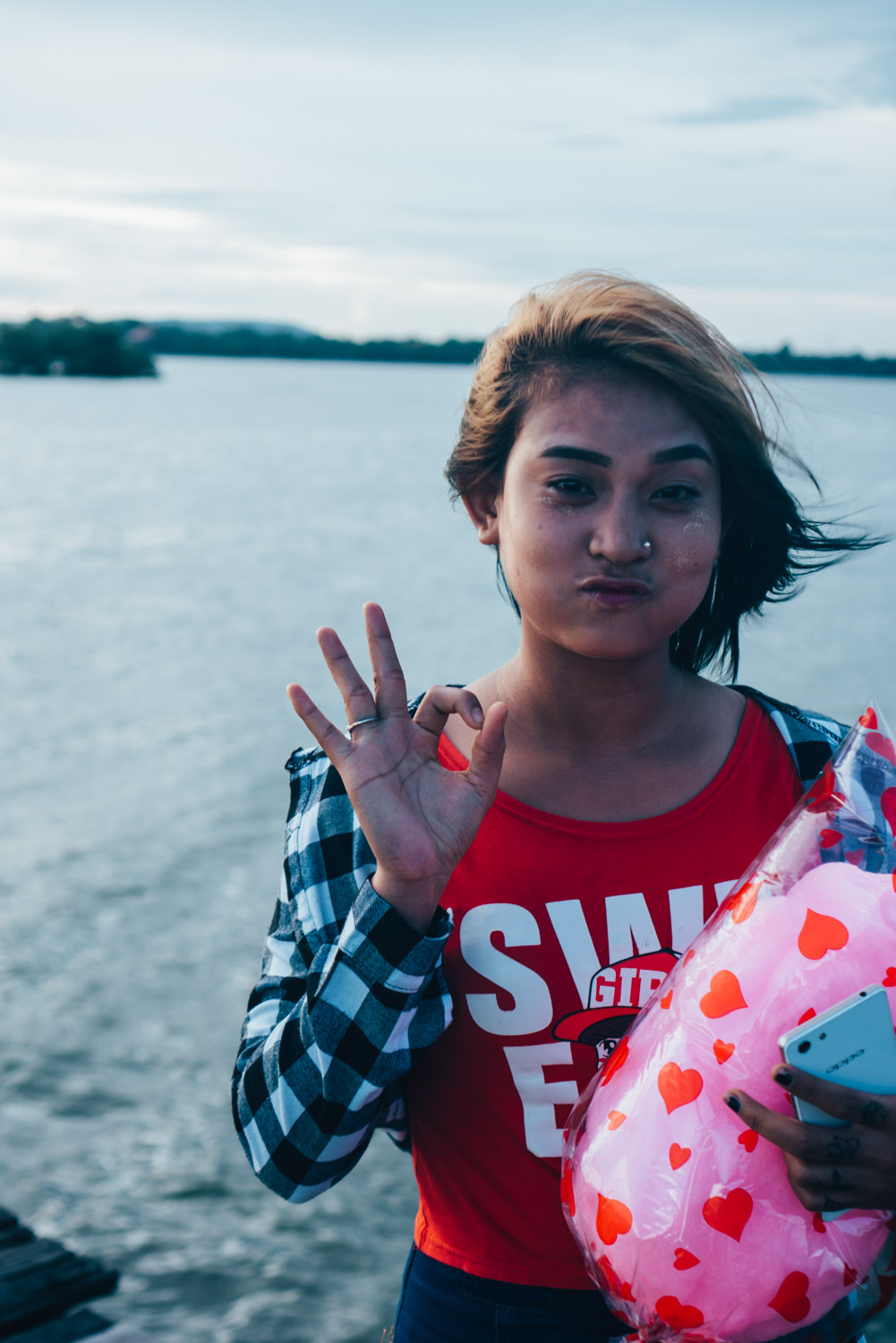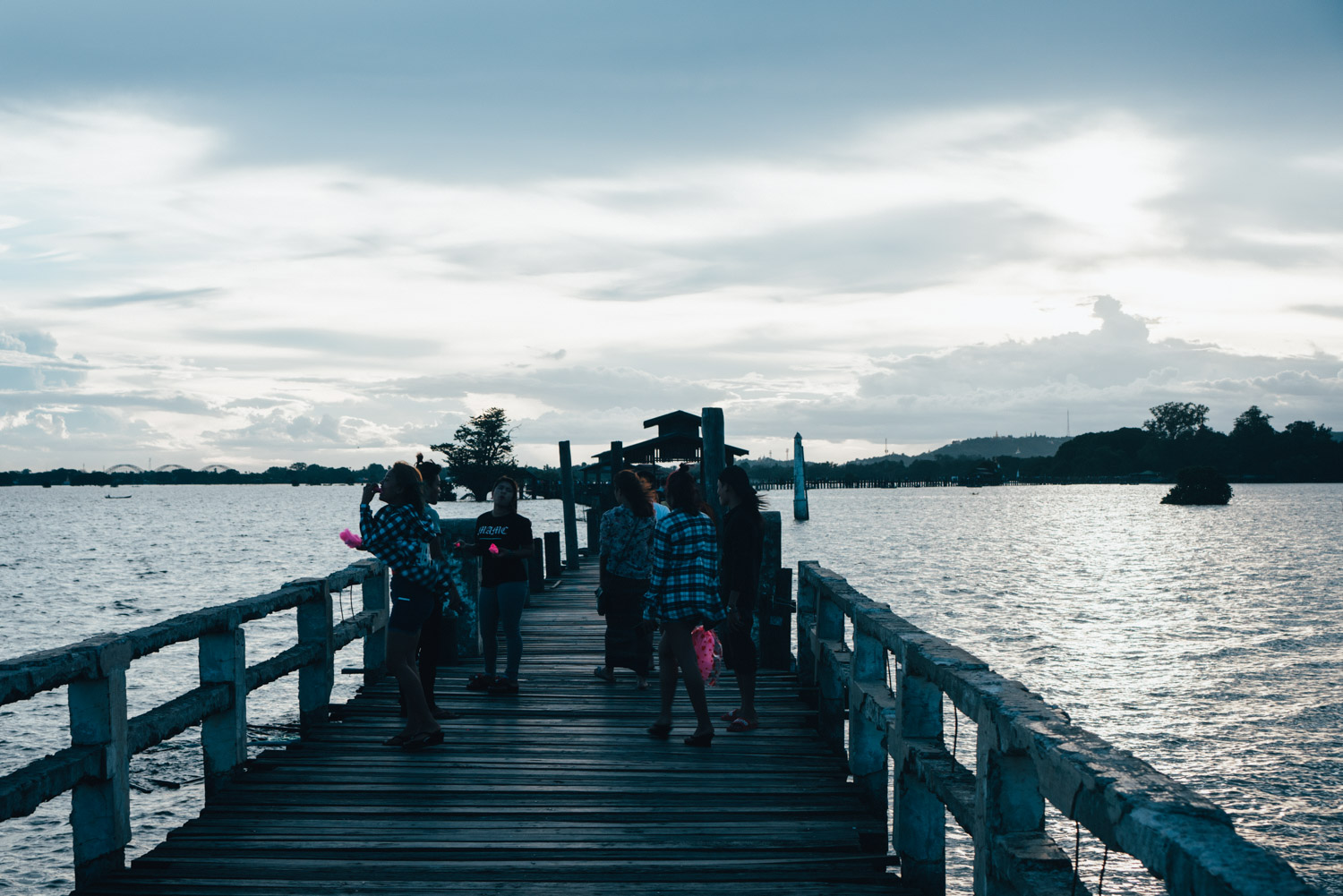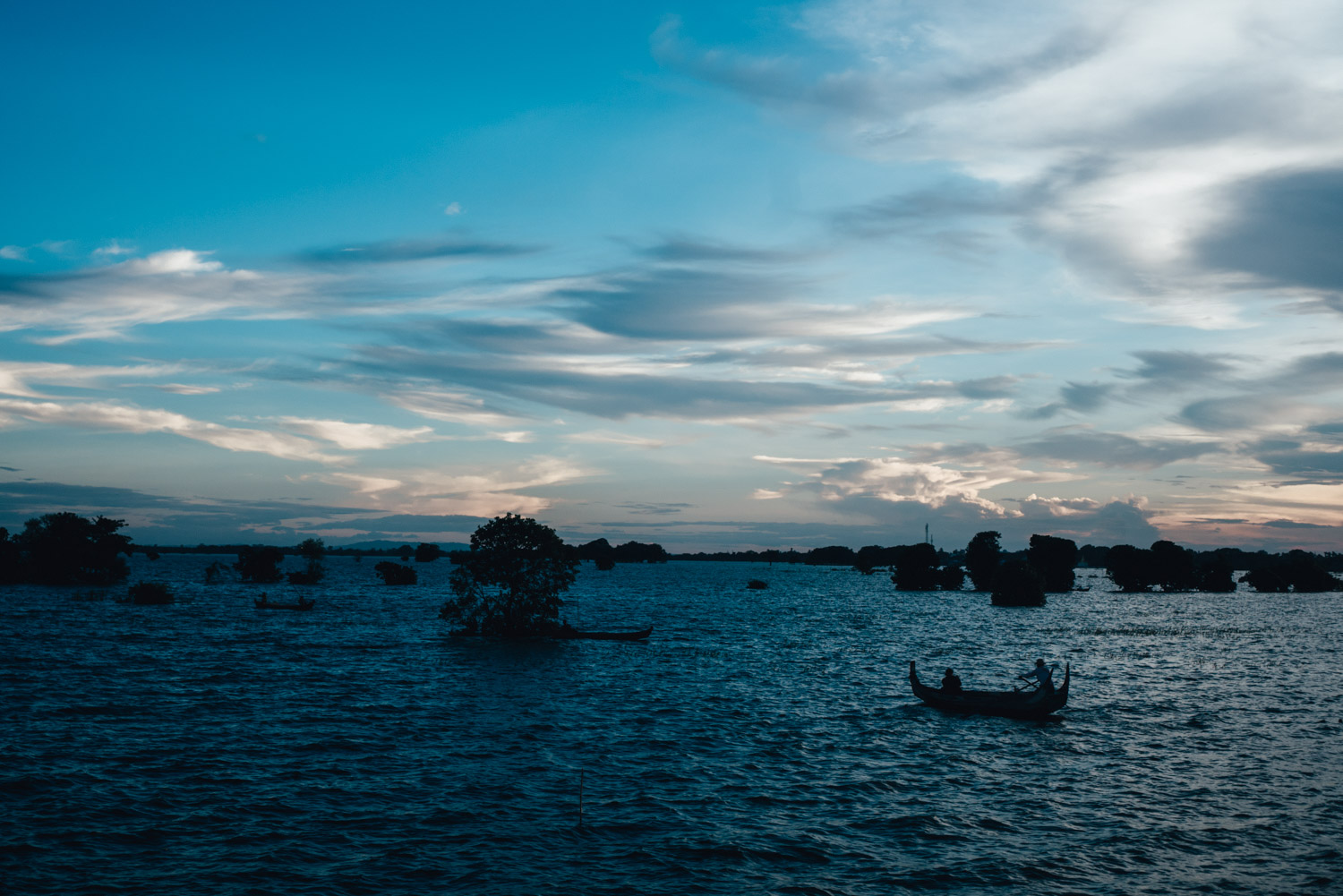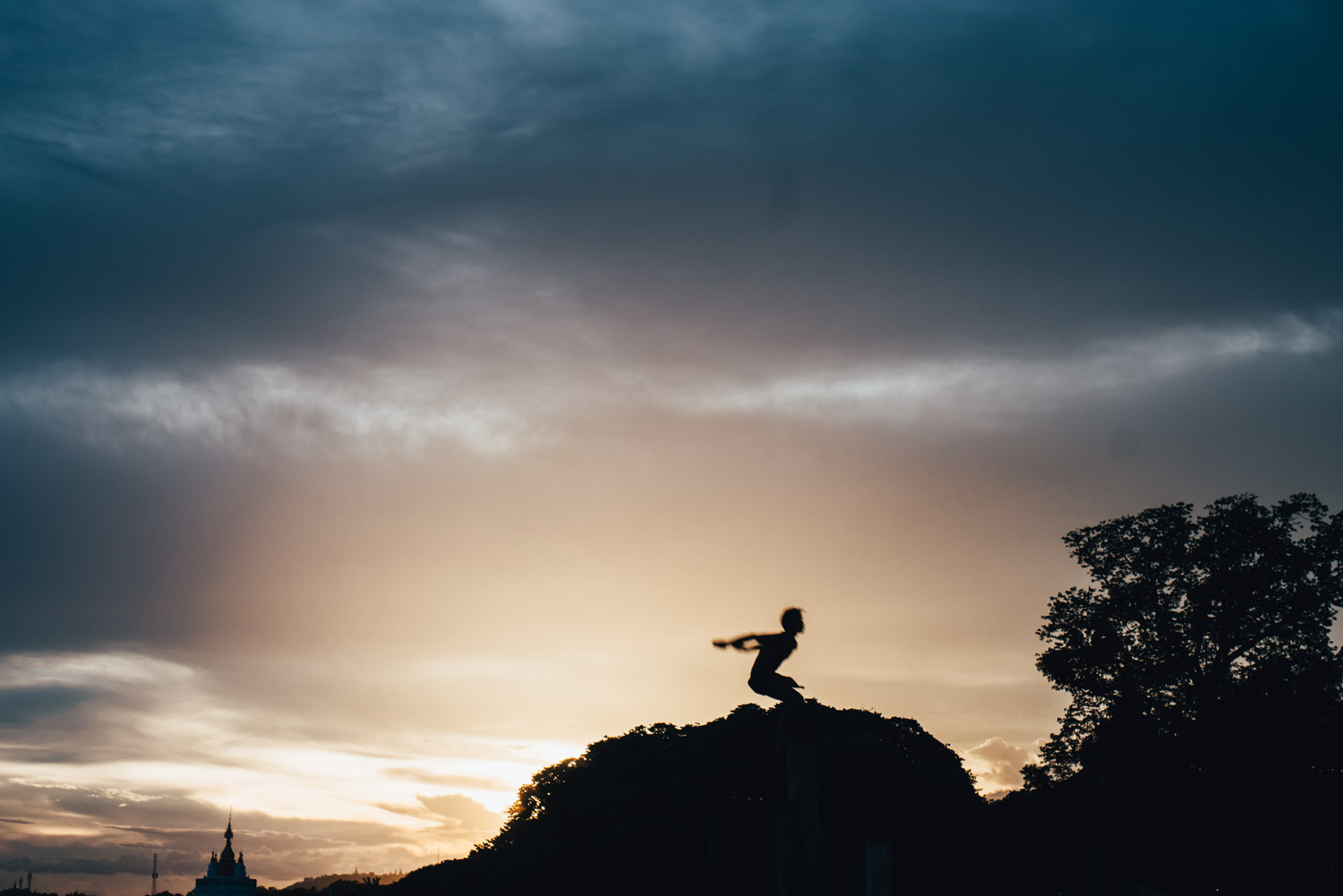In my 20 days in Myanmar, I spent 10 of them in a forest meditation retreat near Mandalay. Under the guidance of teacher Pa-Auk Tawya Sayadaw I spent seven hours a day in shamatha (calm-abiding) meditation, starting days waking up at 4:30am for morning chants and fasting after midday everyday. It was a very special place that I would like to return to one day when I have more time. Any one is welcome to go for free and practice meditation with guidance from experienced teachers, beautiful vegetarian meals provided and a community of supportive people holding space for you to dive into the hard work of understanding the inner workings of your mind.
In the other 10 days, I had the chance to explore a few places in Myanmar, Yangon city, the ancient Buddhist city of Bagan - home of the remains of over 2,000 pagodas and monasteries built between the 9th and 13th centuries, and Mandalay city. Although Myanmar is home to 135 distinct ethnic groups, Buddhism is practiced by 90% of the population. As a result of its isolation from the rest of the world for several decades, Buddhism in Burma has evolved into a culturally-specific expression of the philosophy. It has bred a culture of monk and nun hood as a right of passage for all Burmese people, a culture of giving and dedication to local temples and monasteries, and general sense of kindness and compassion in people that you encounter.
